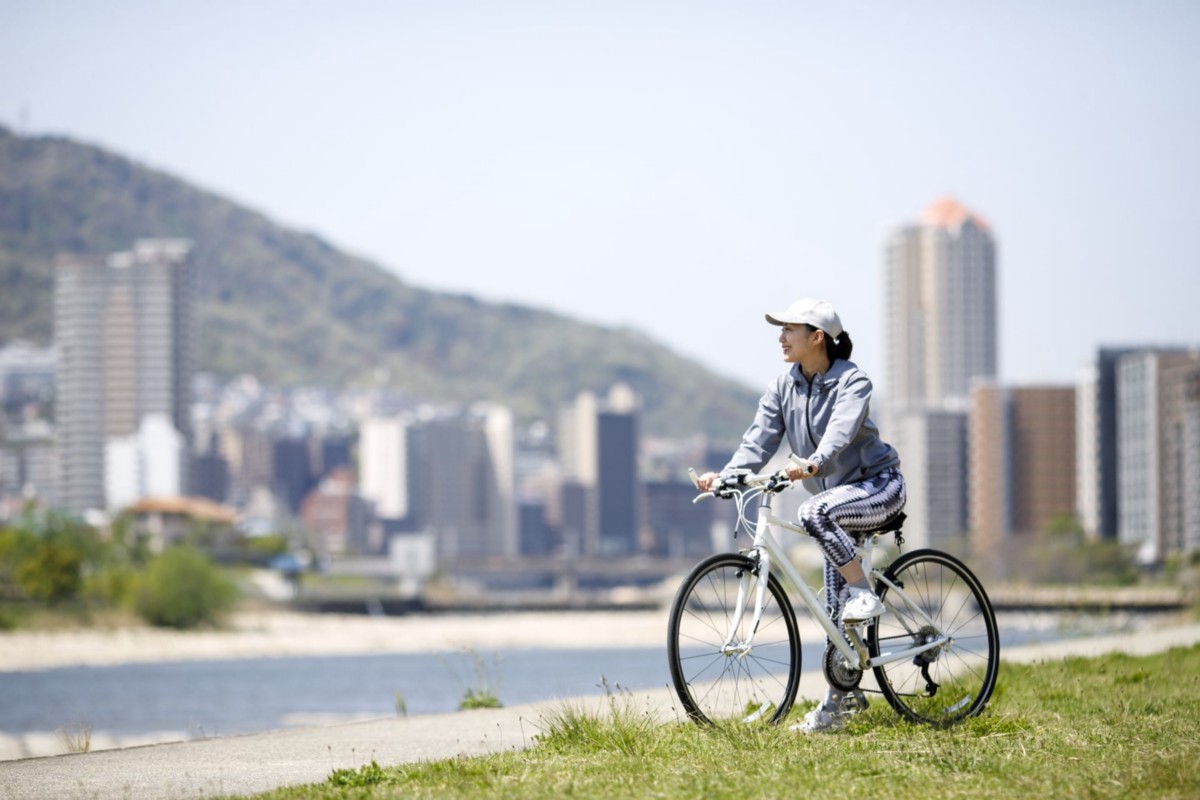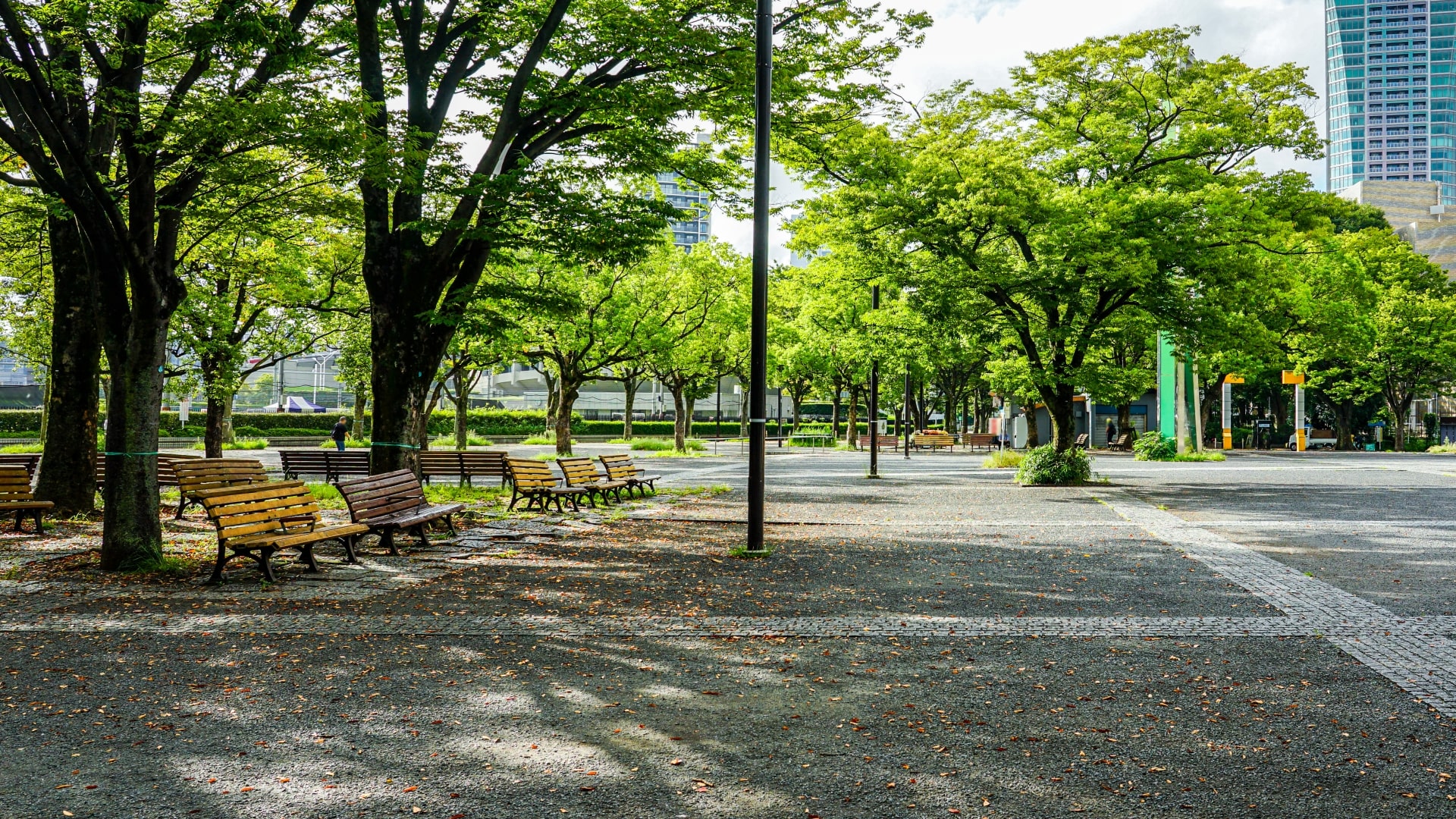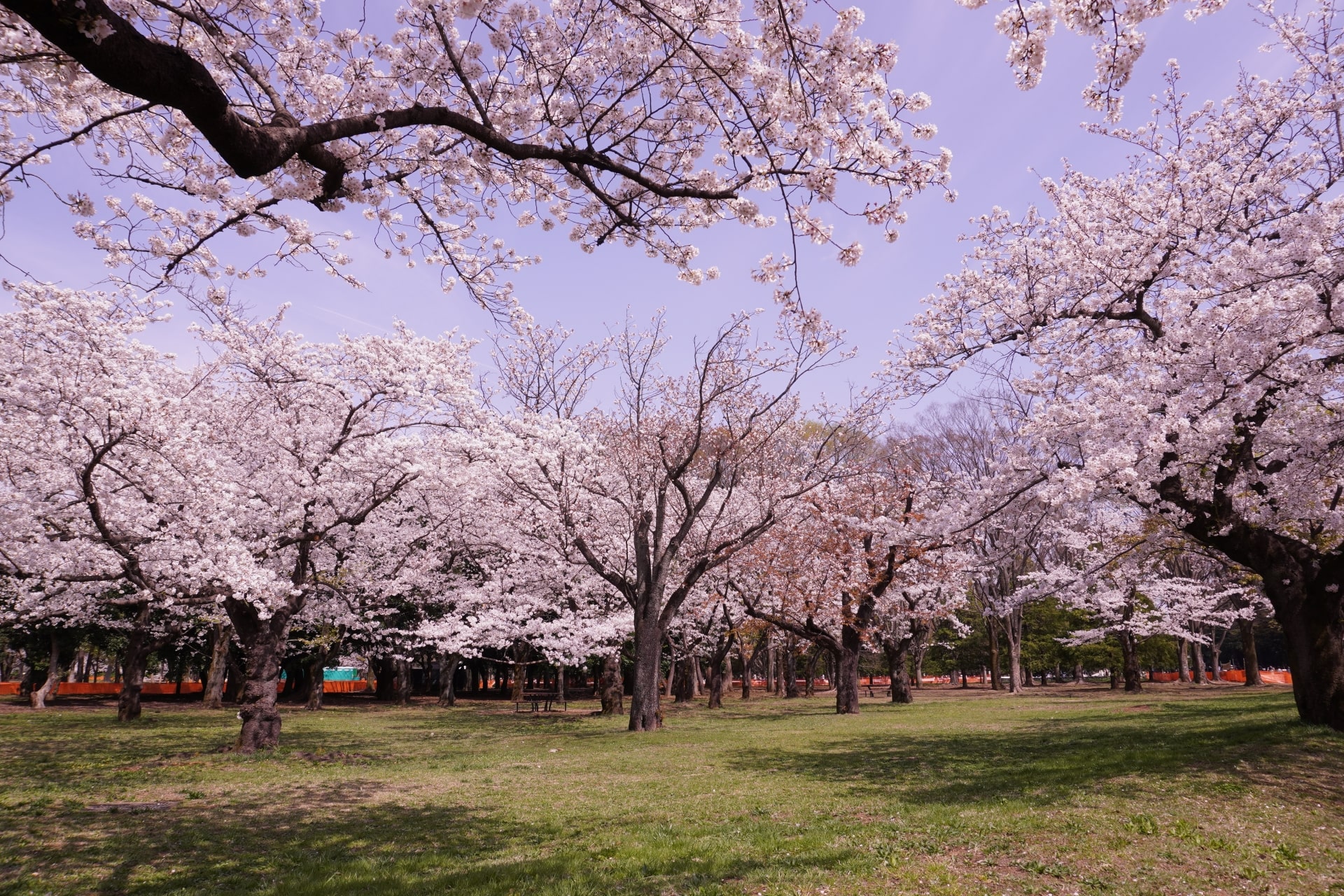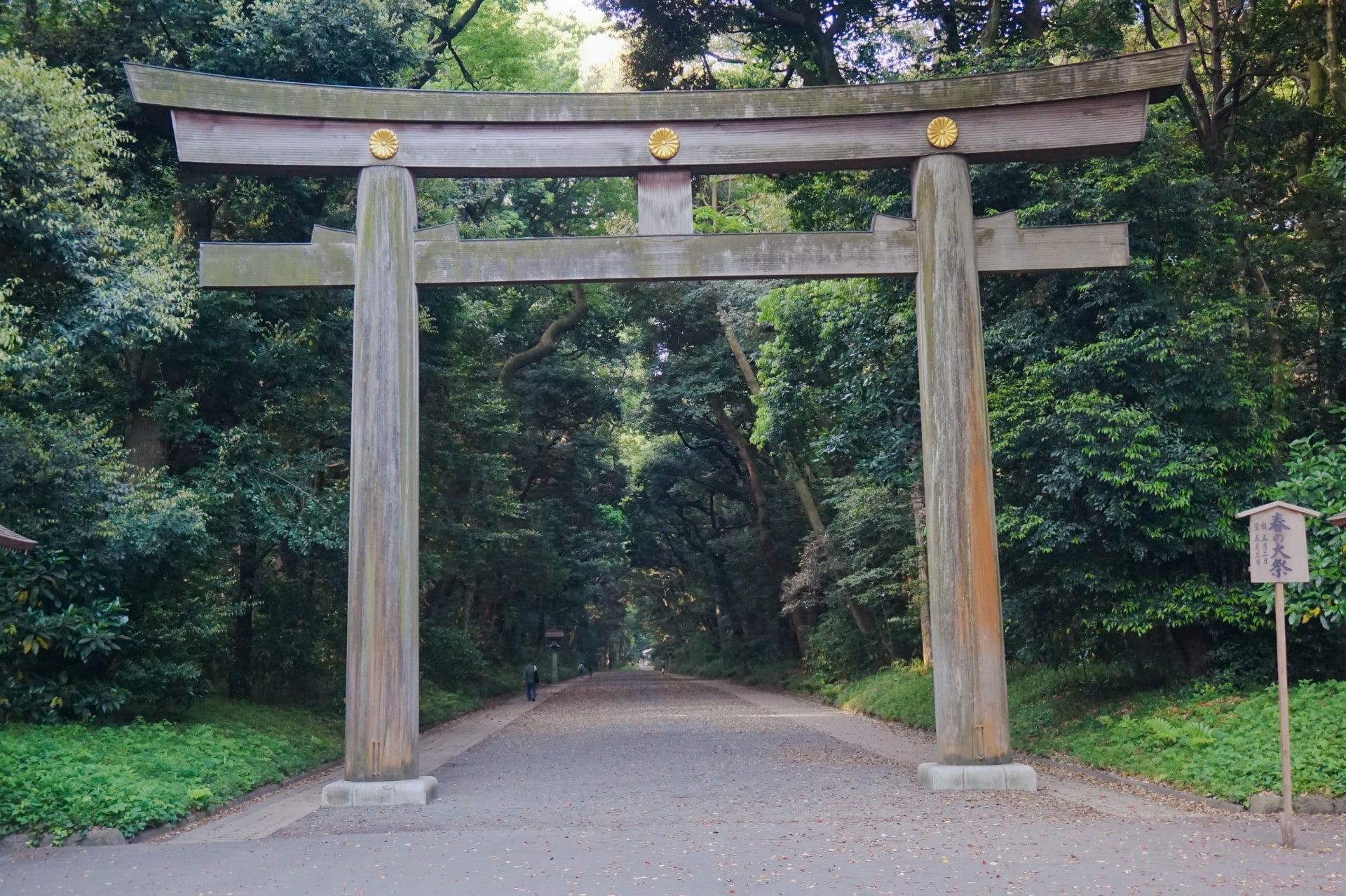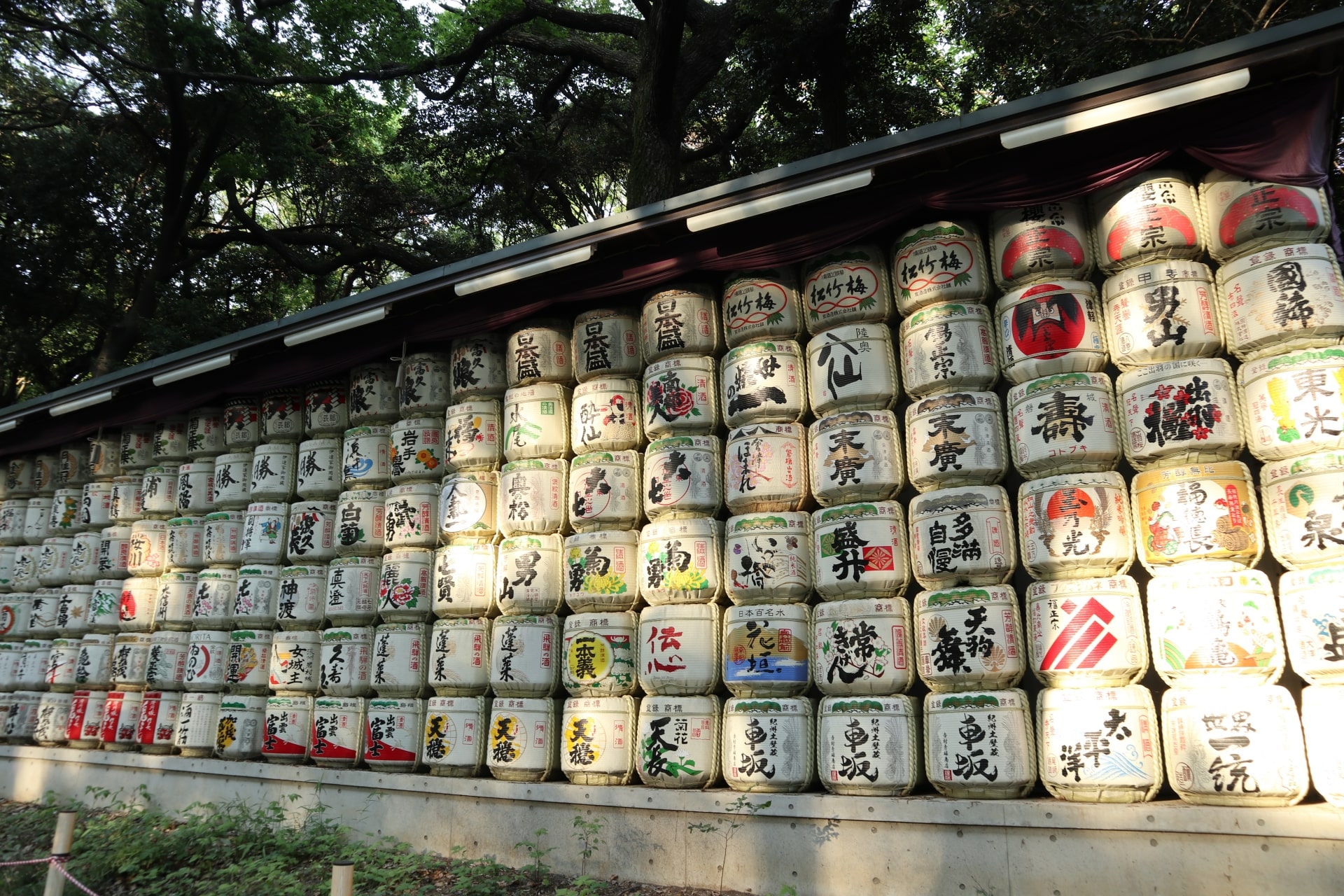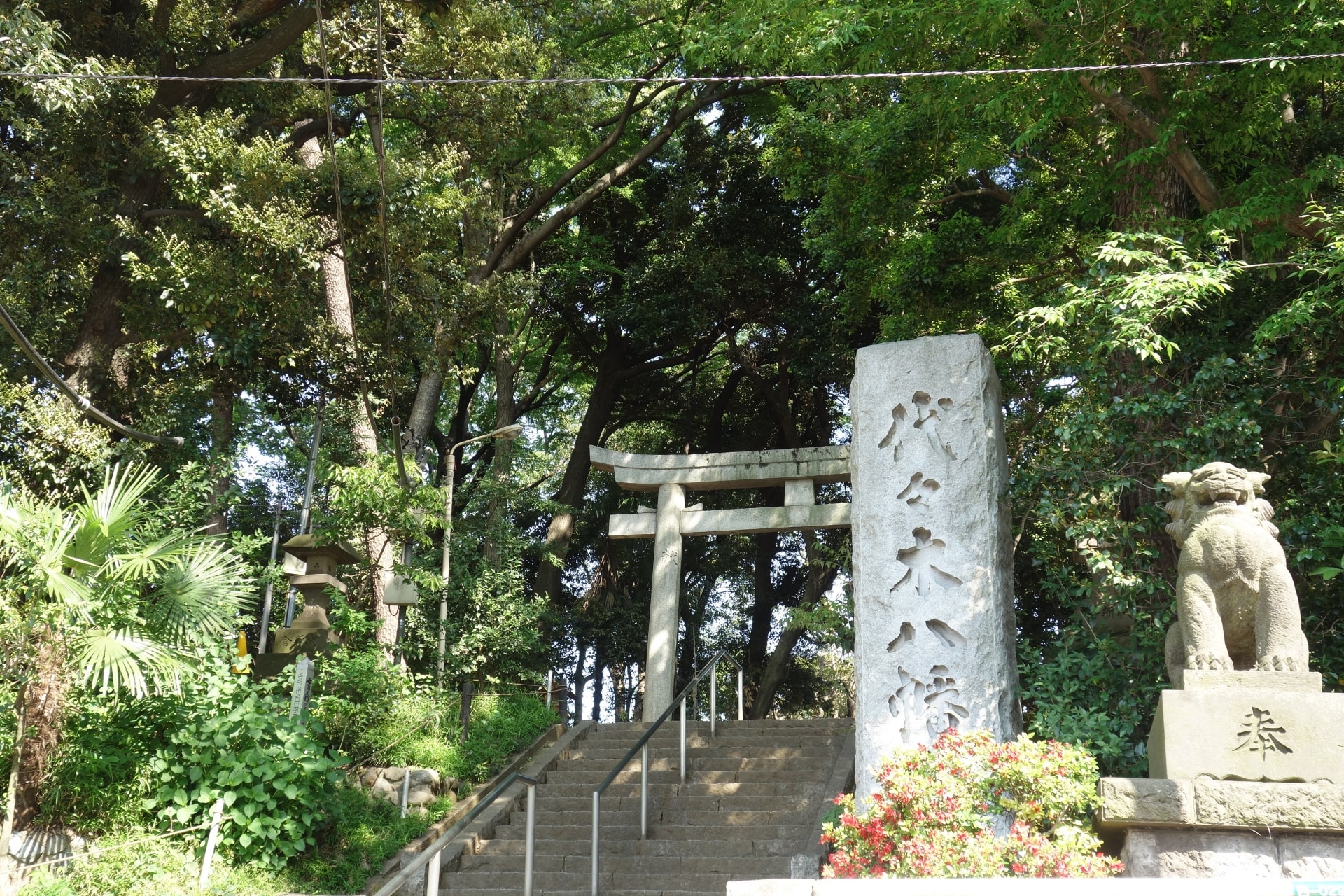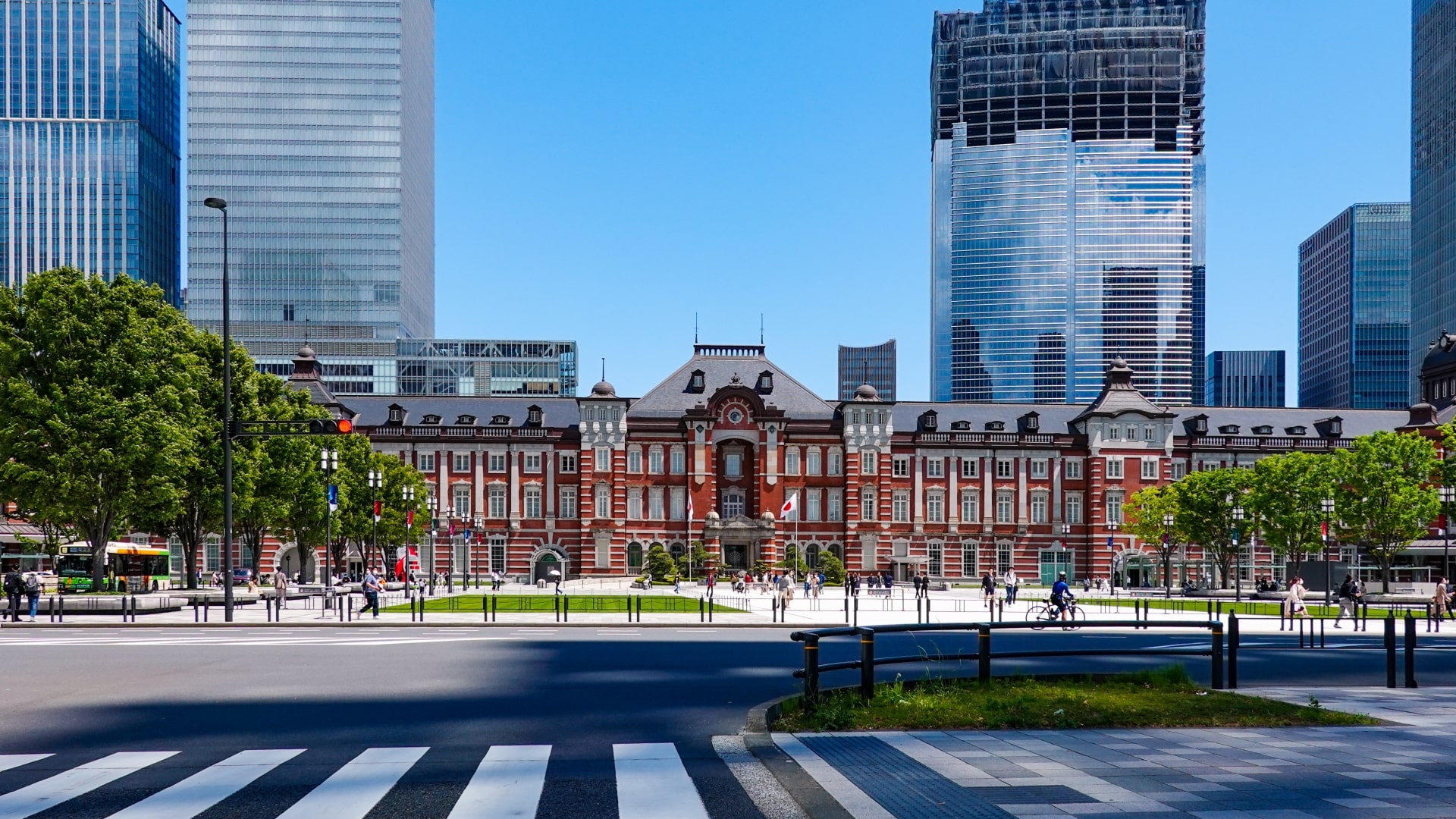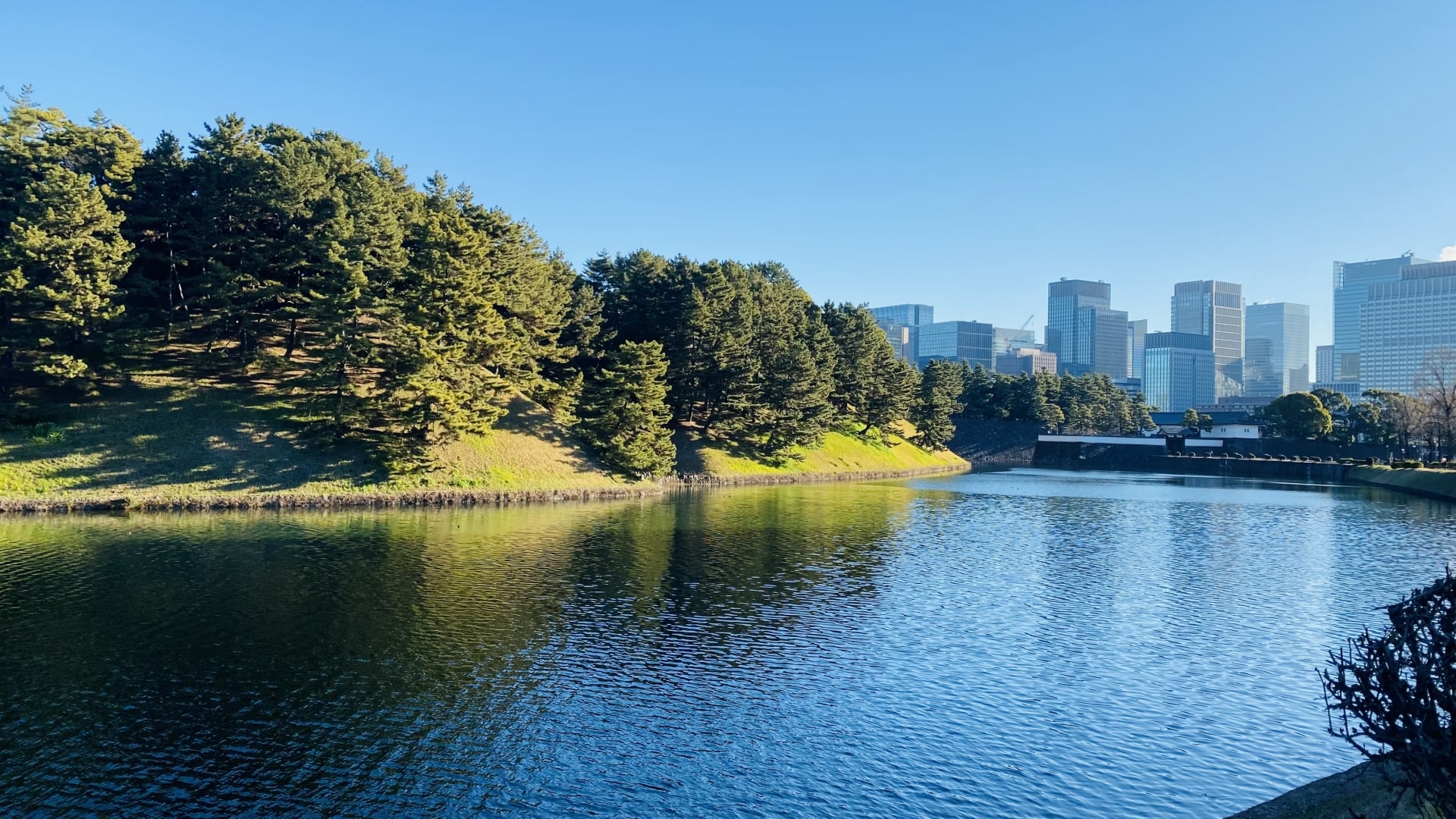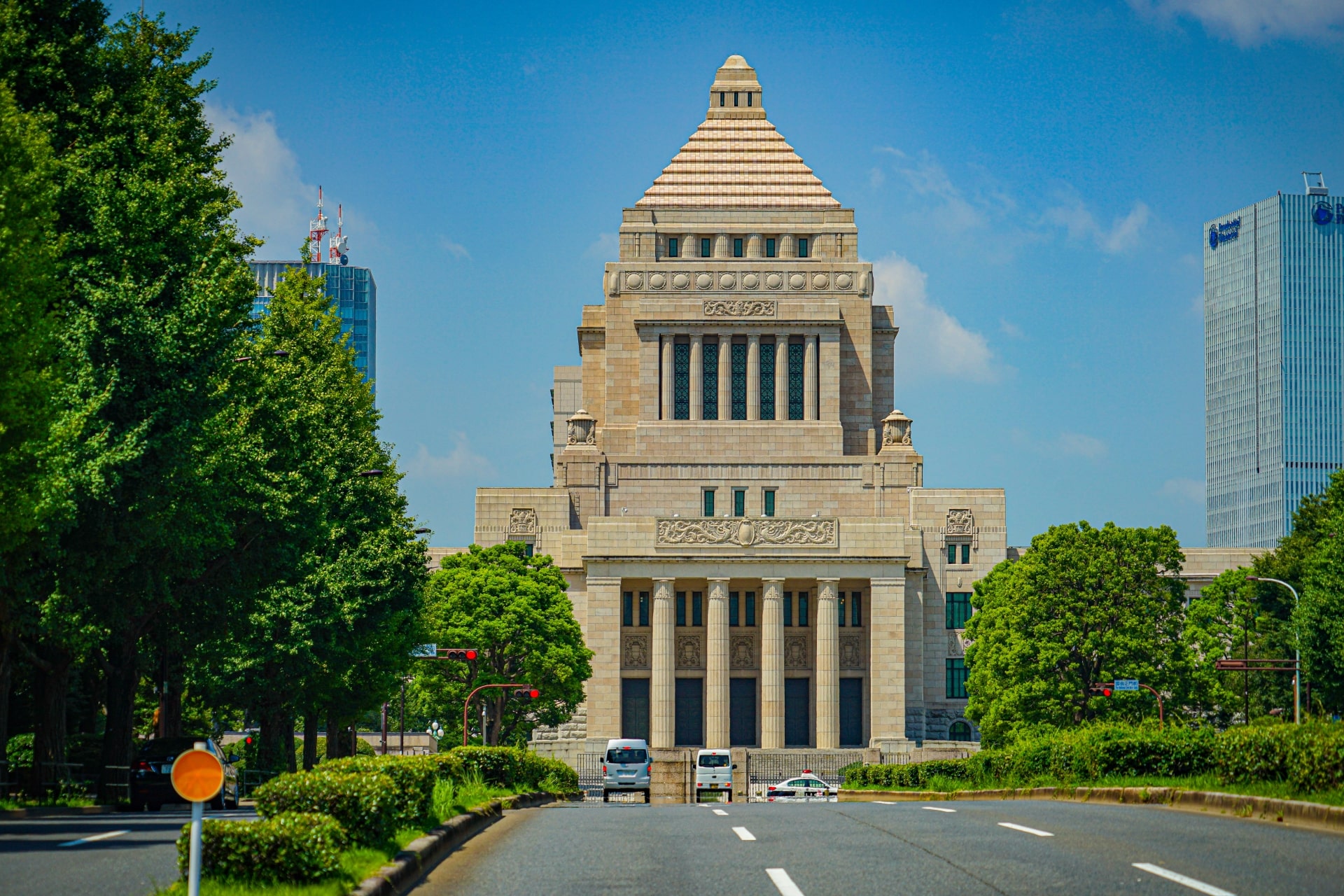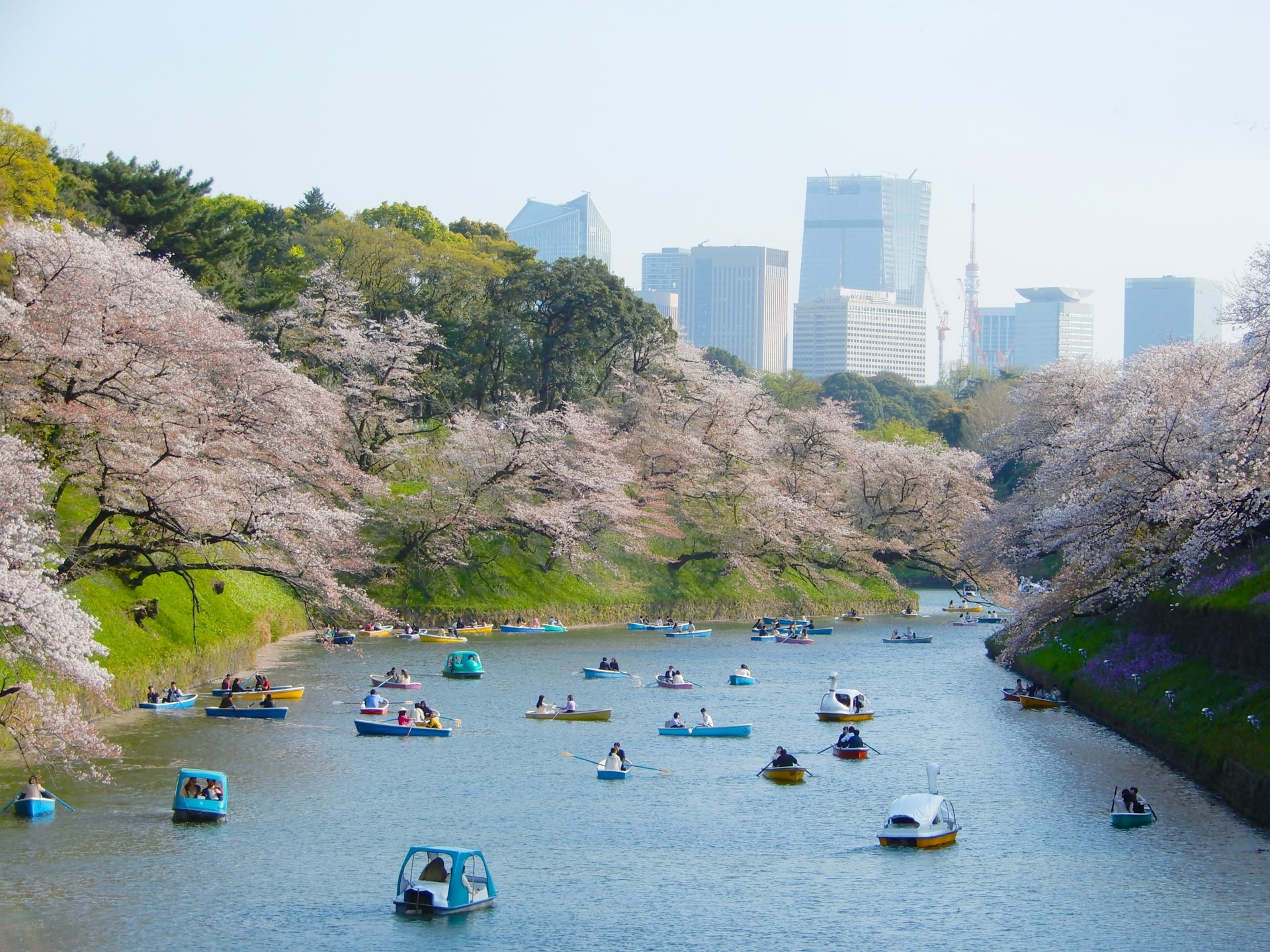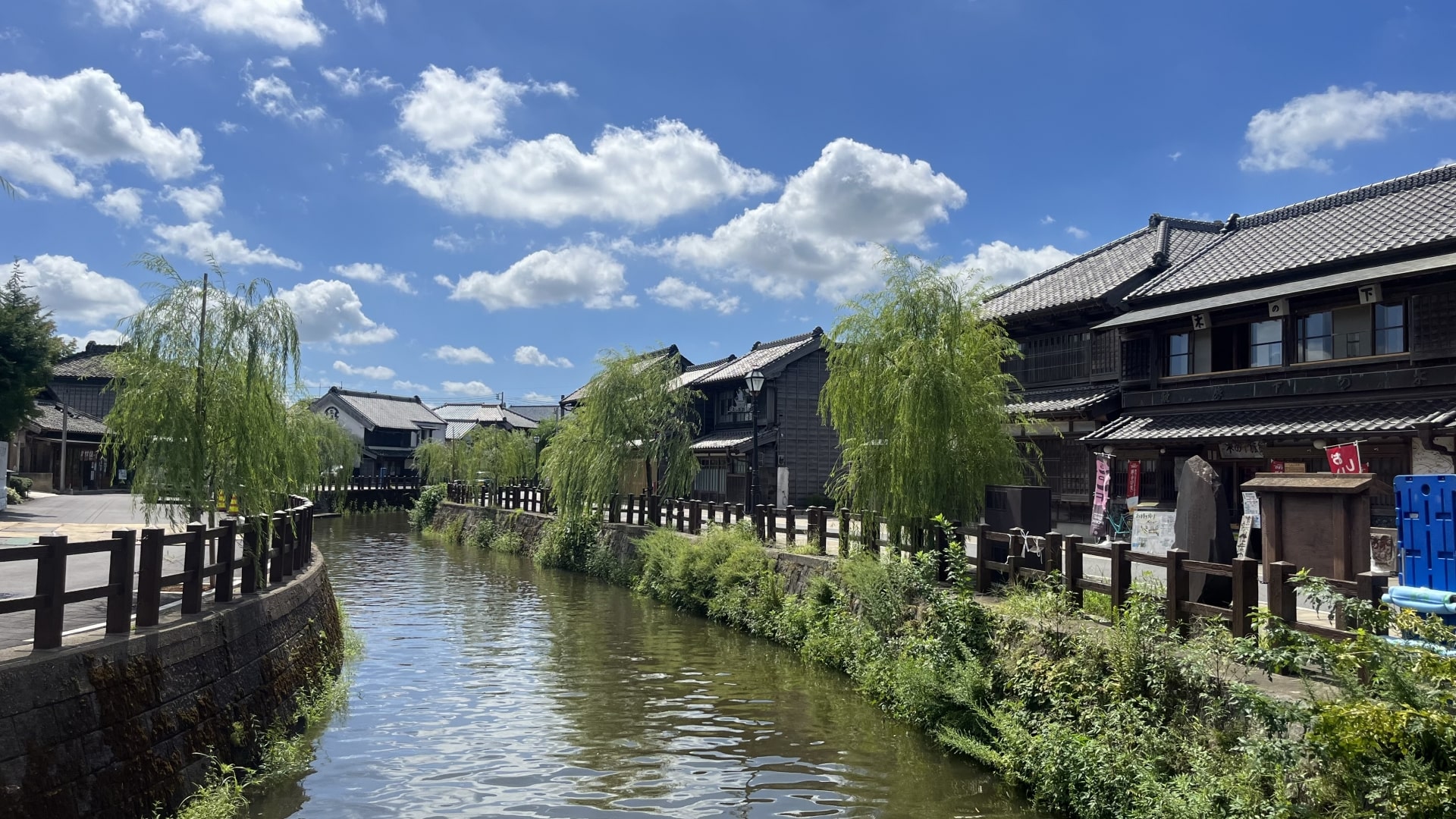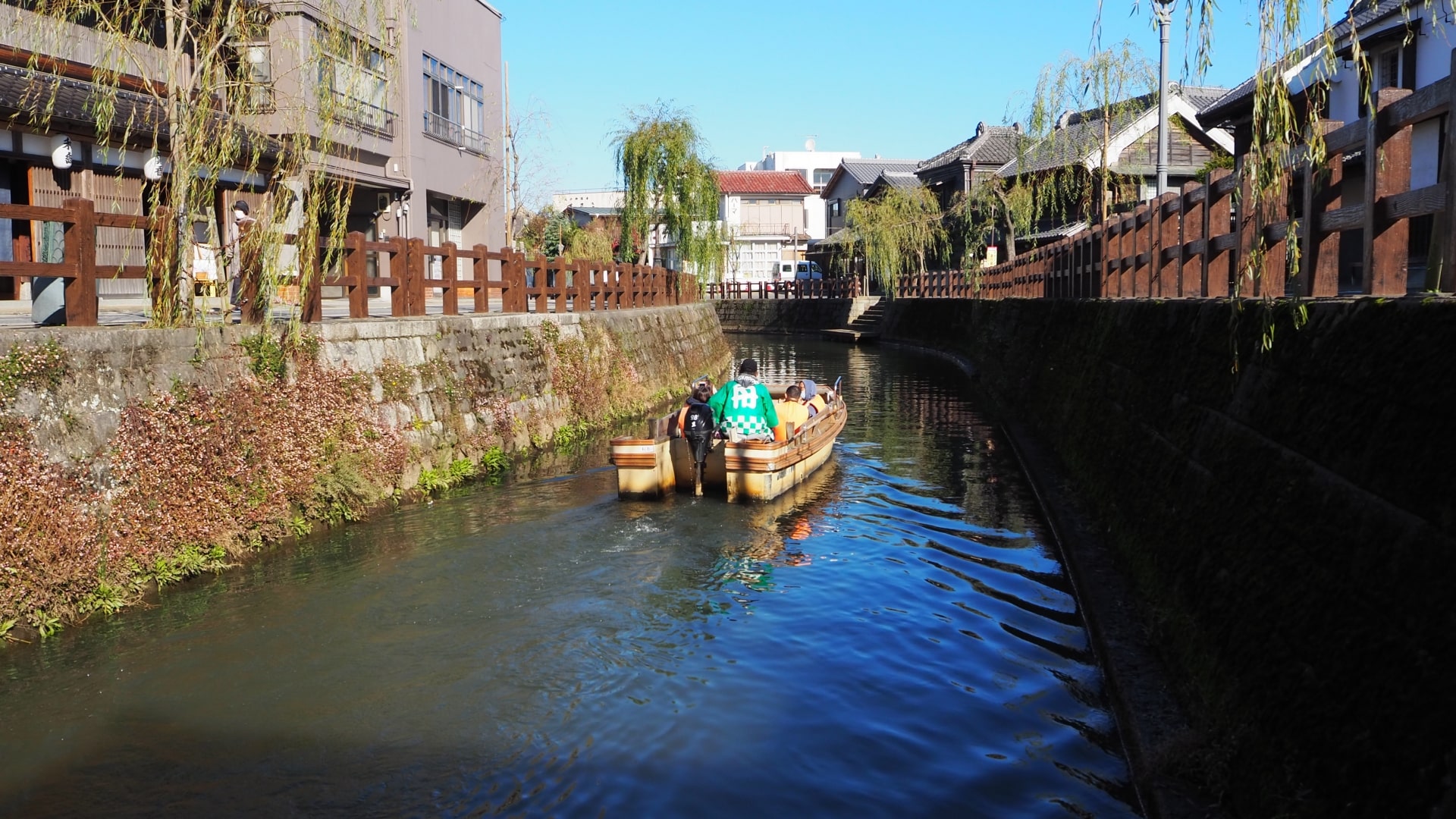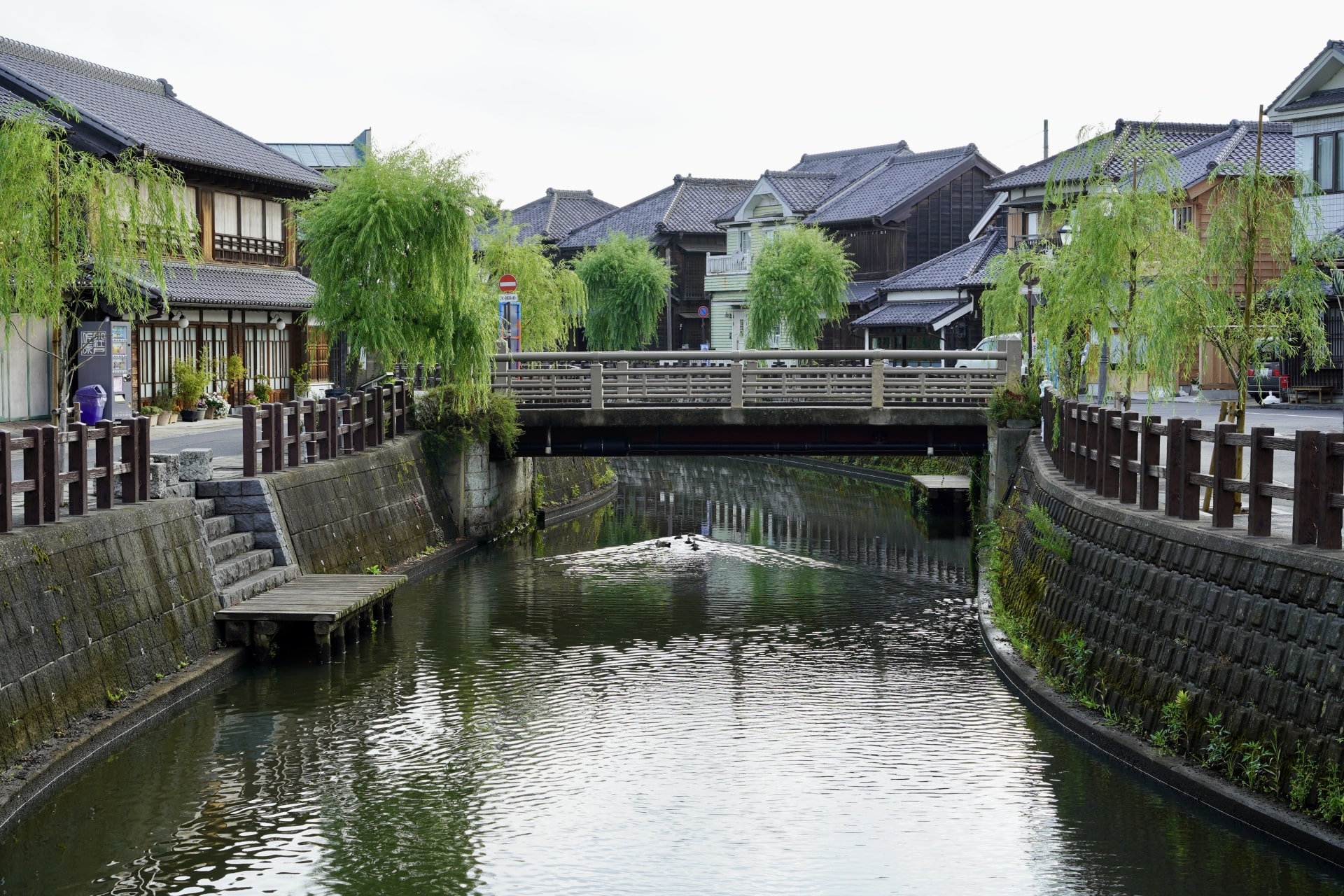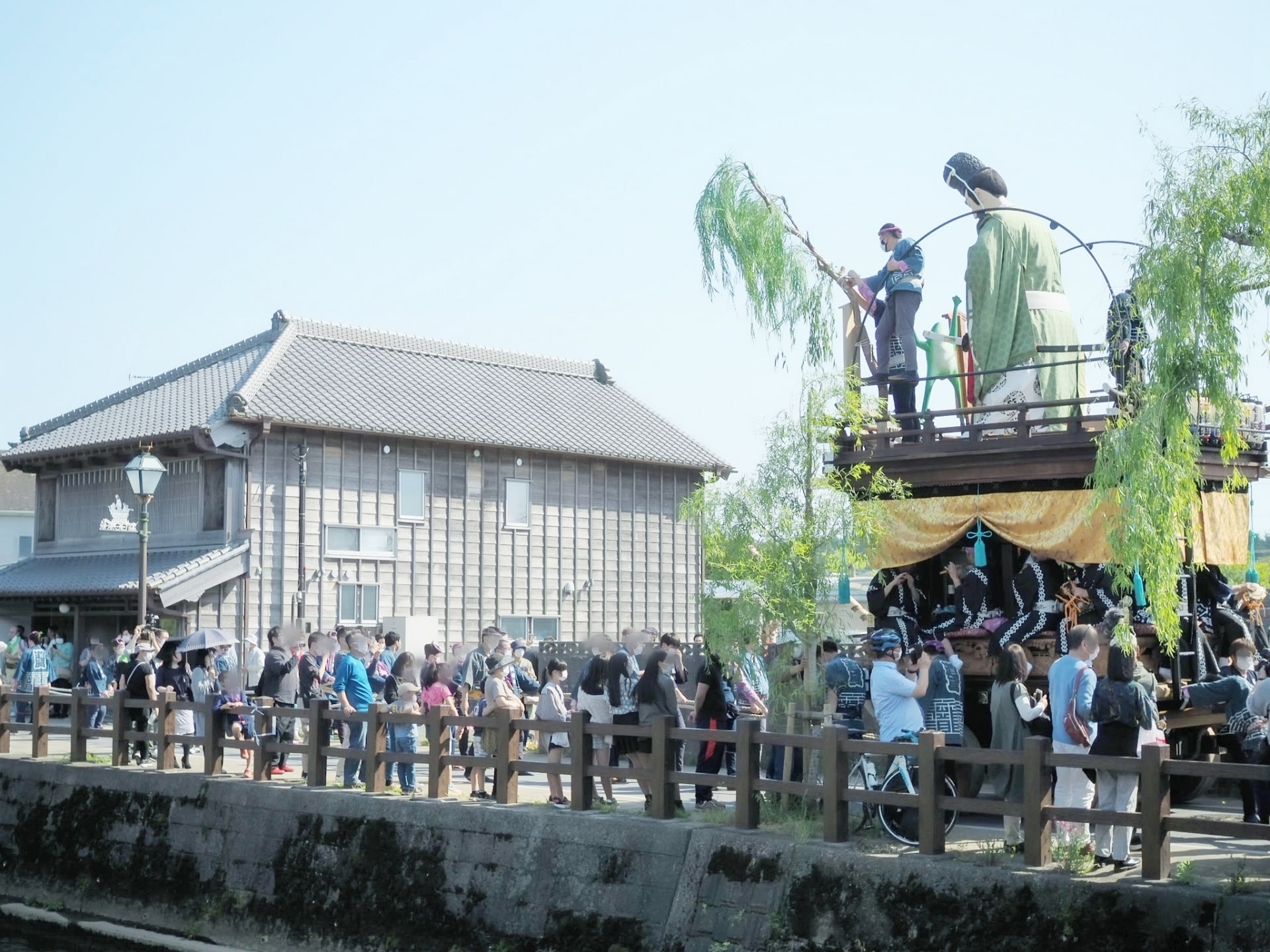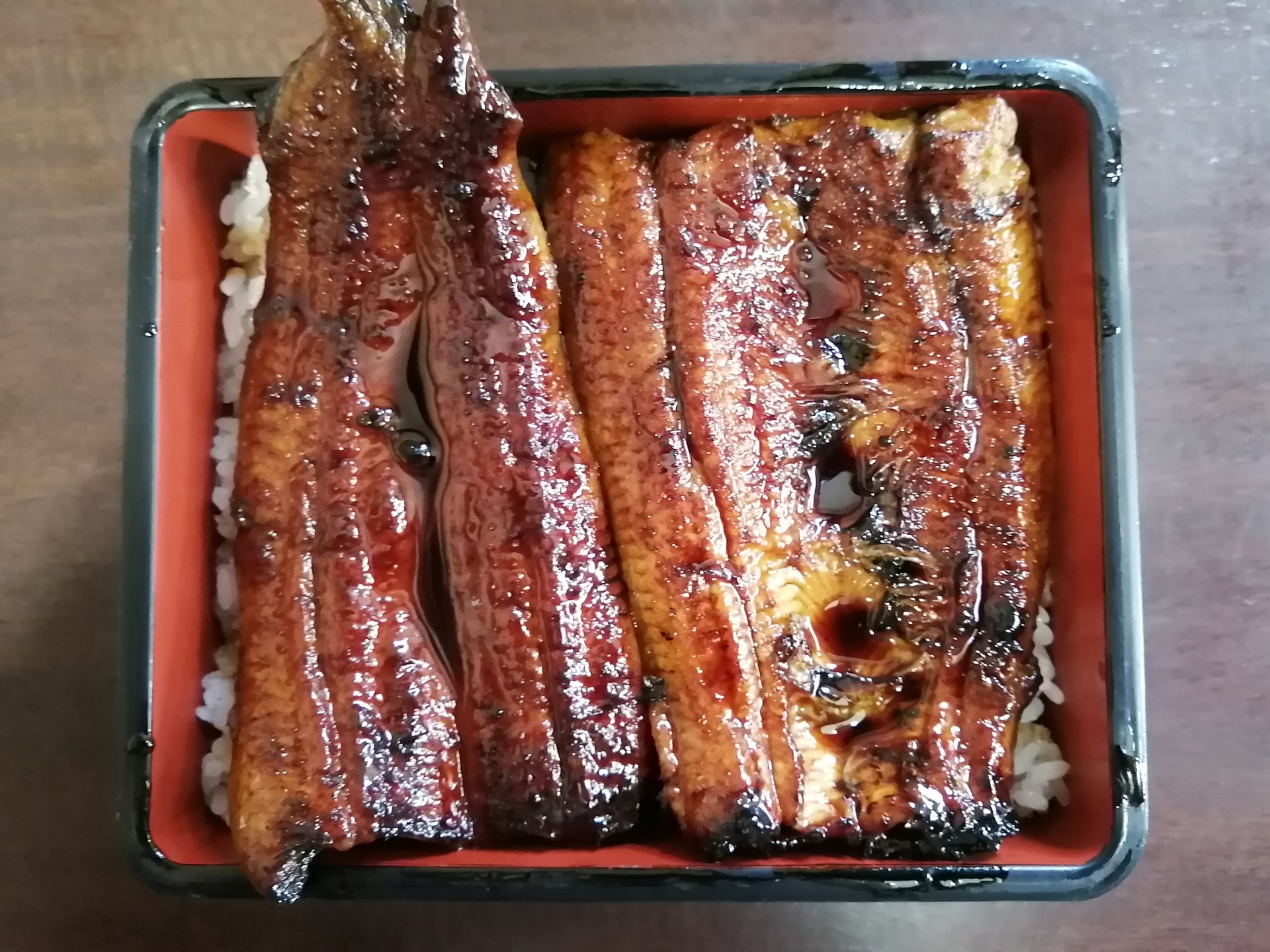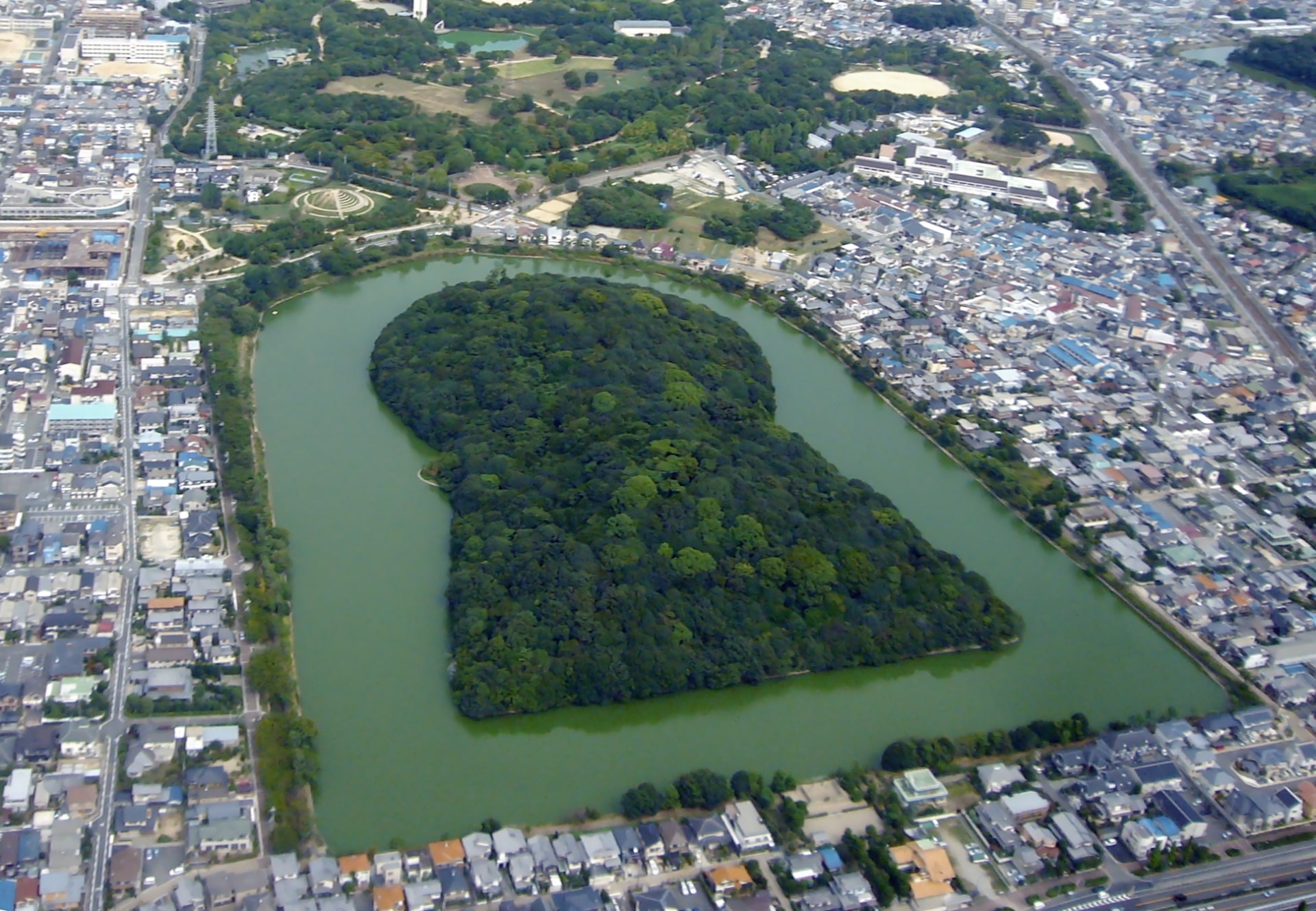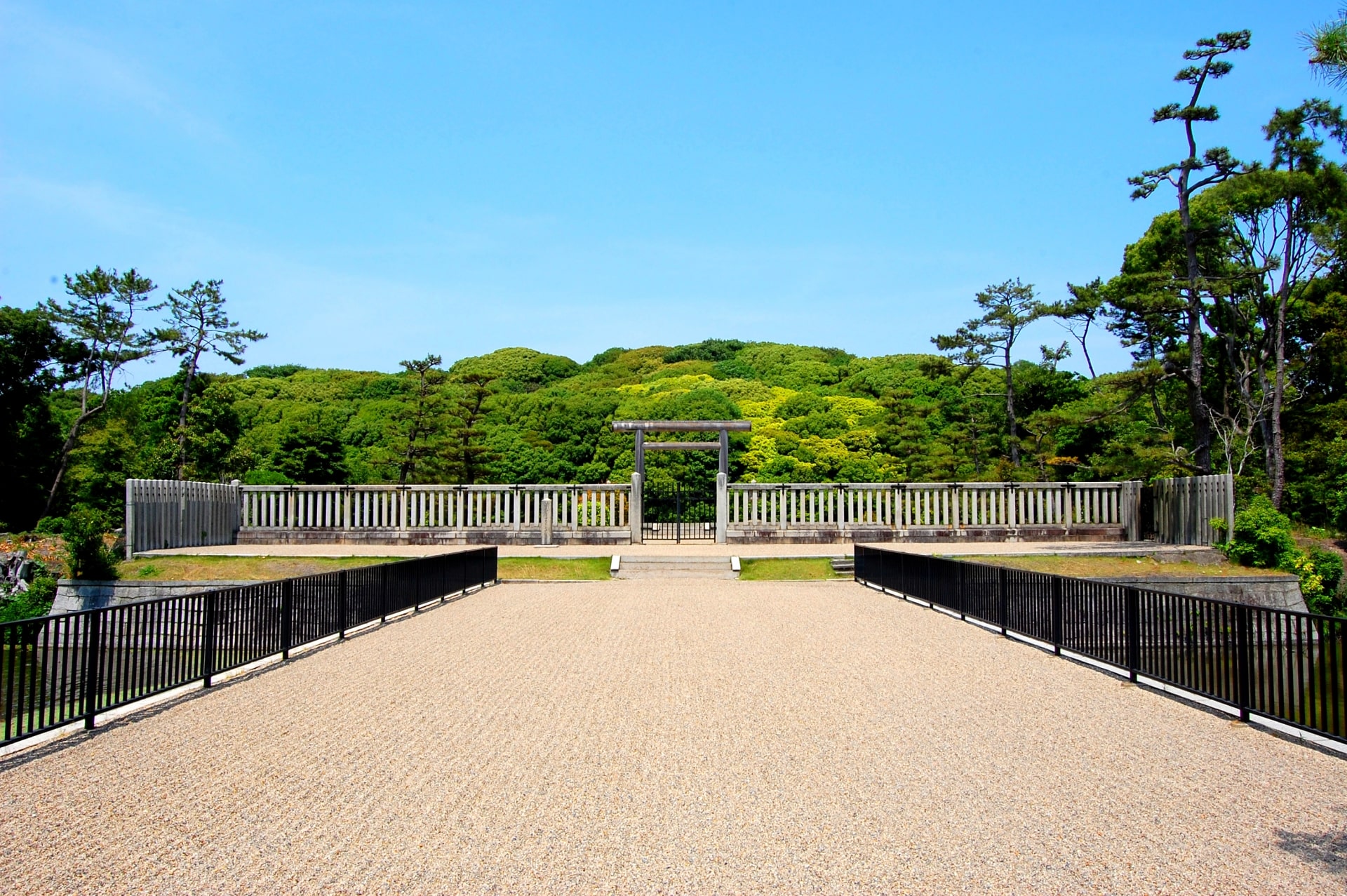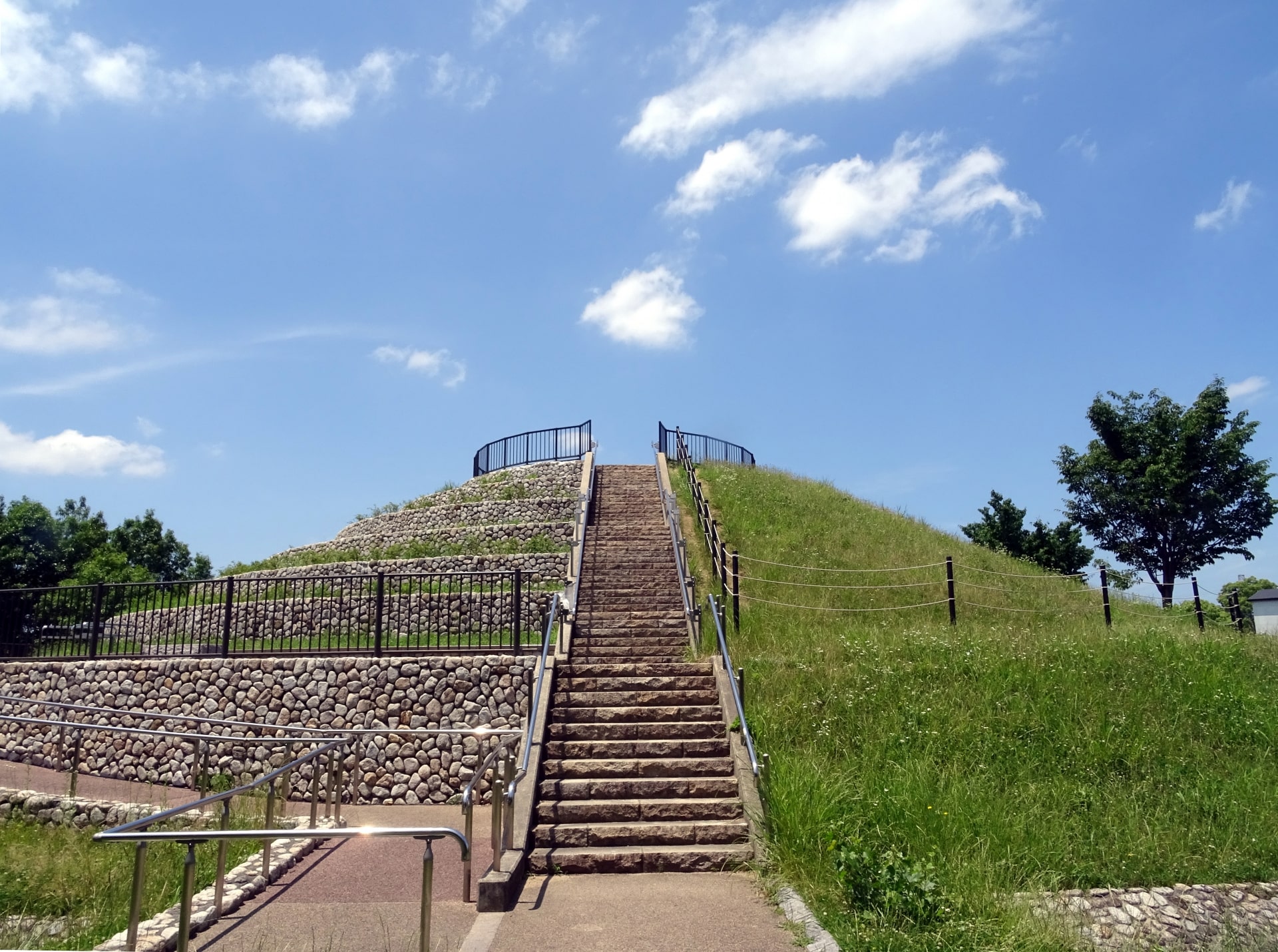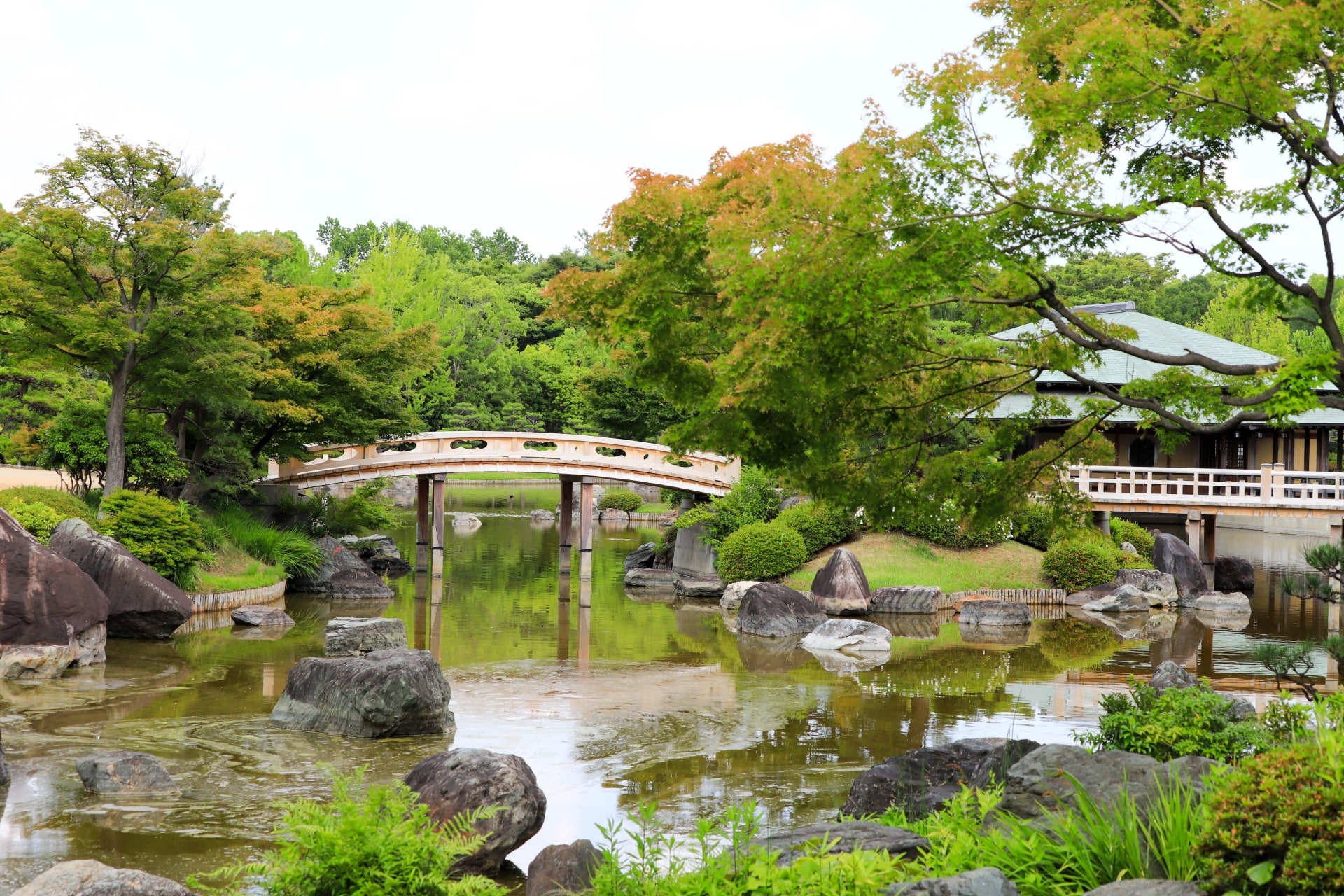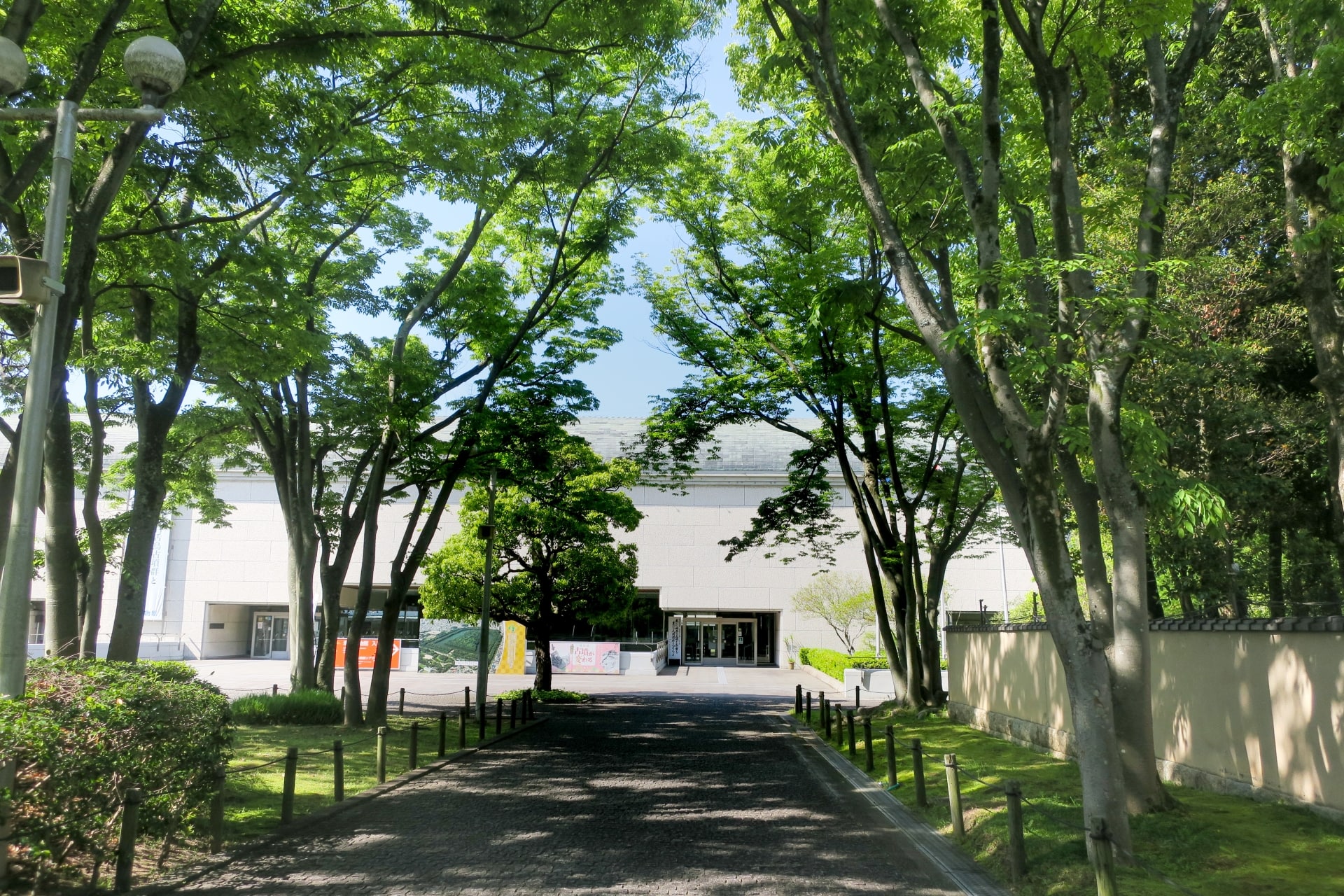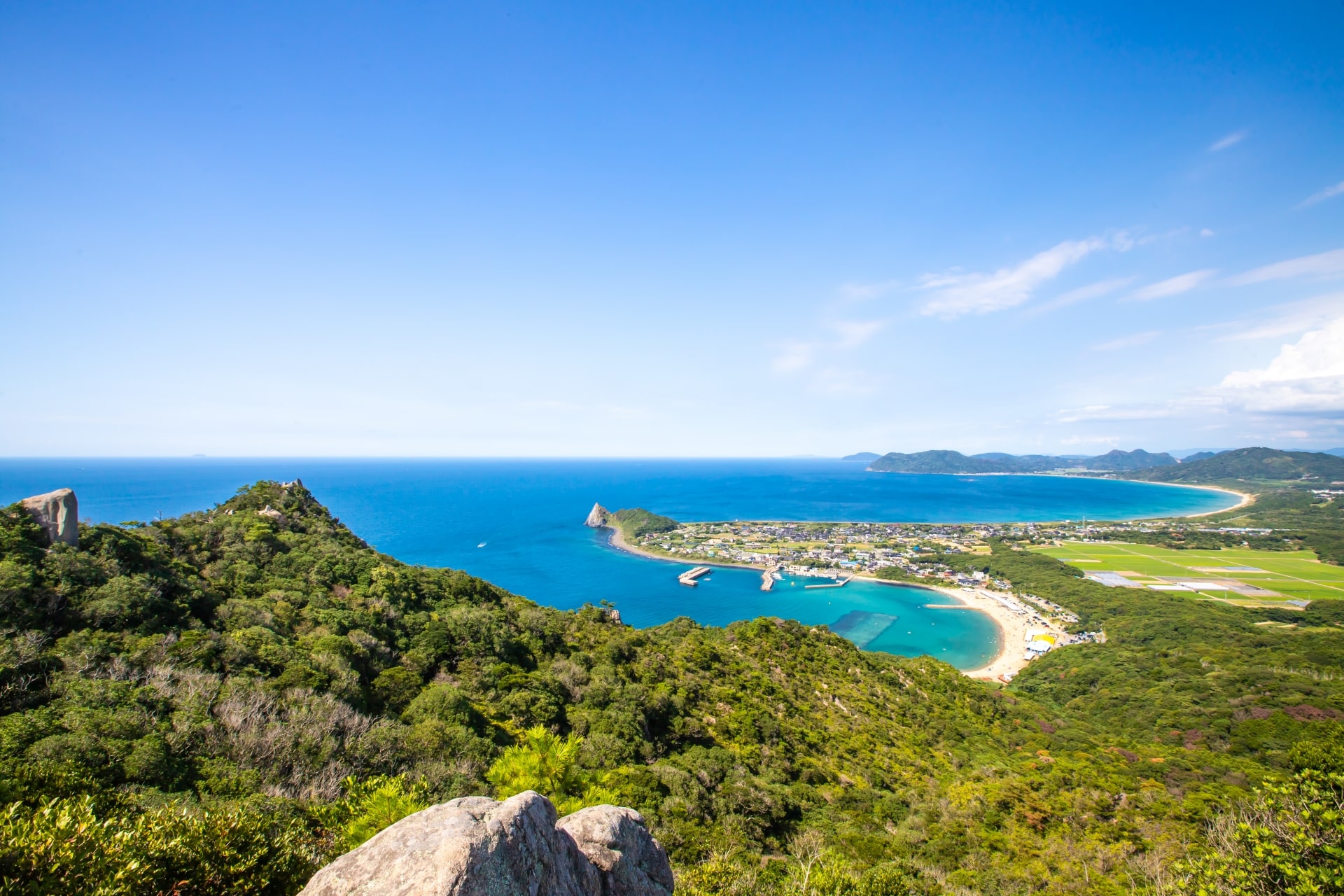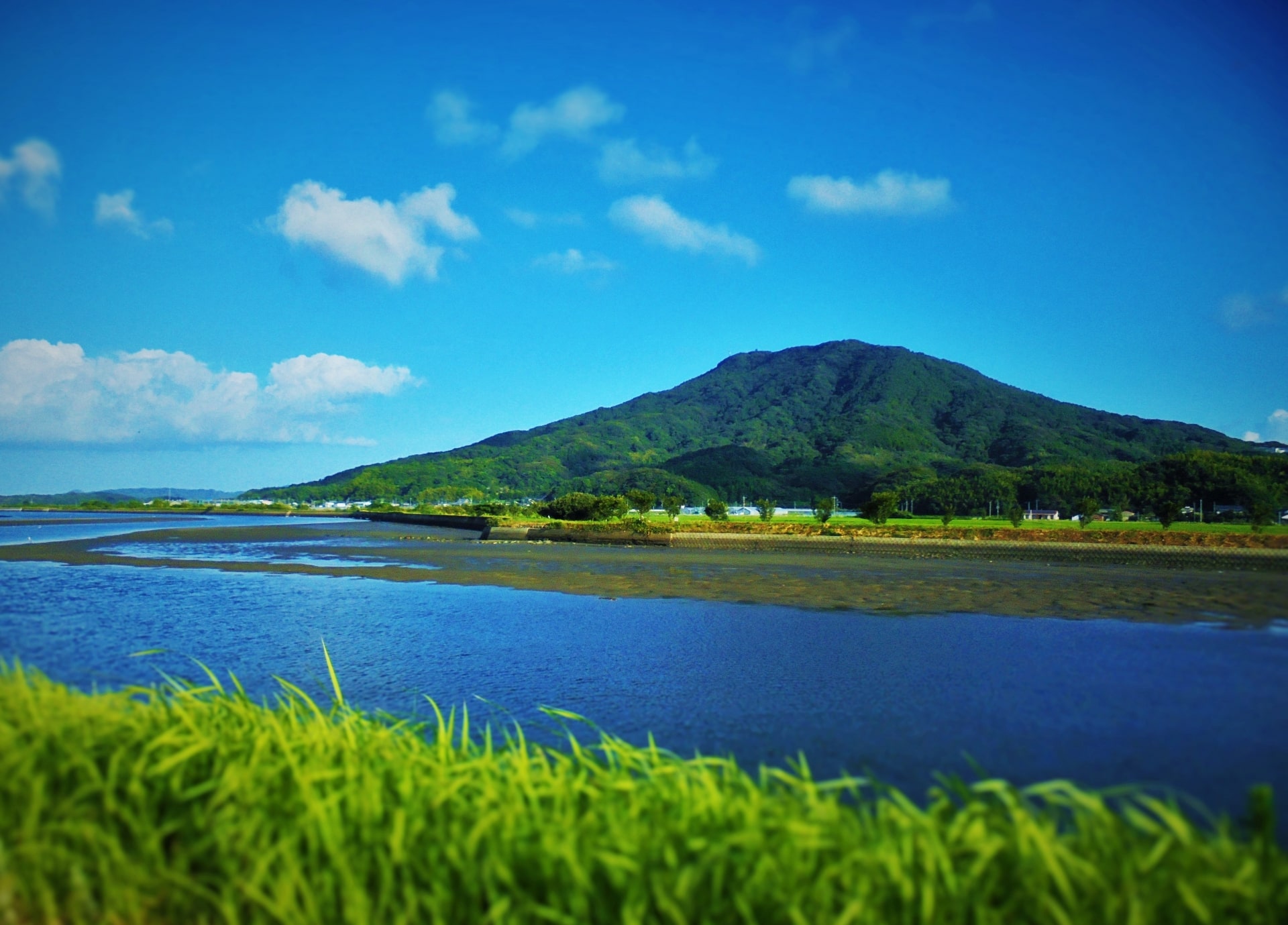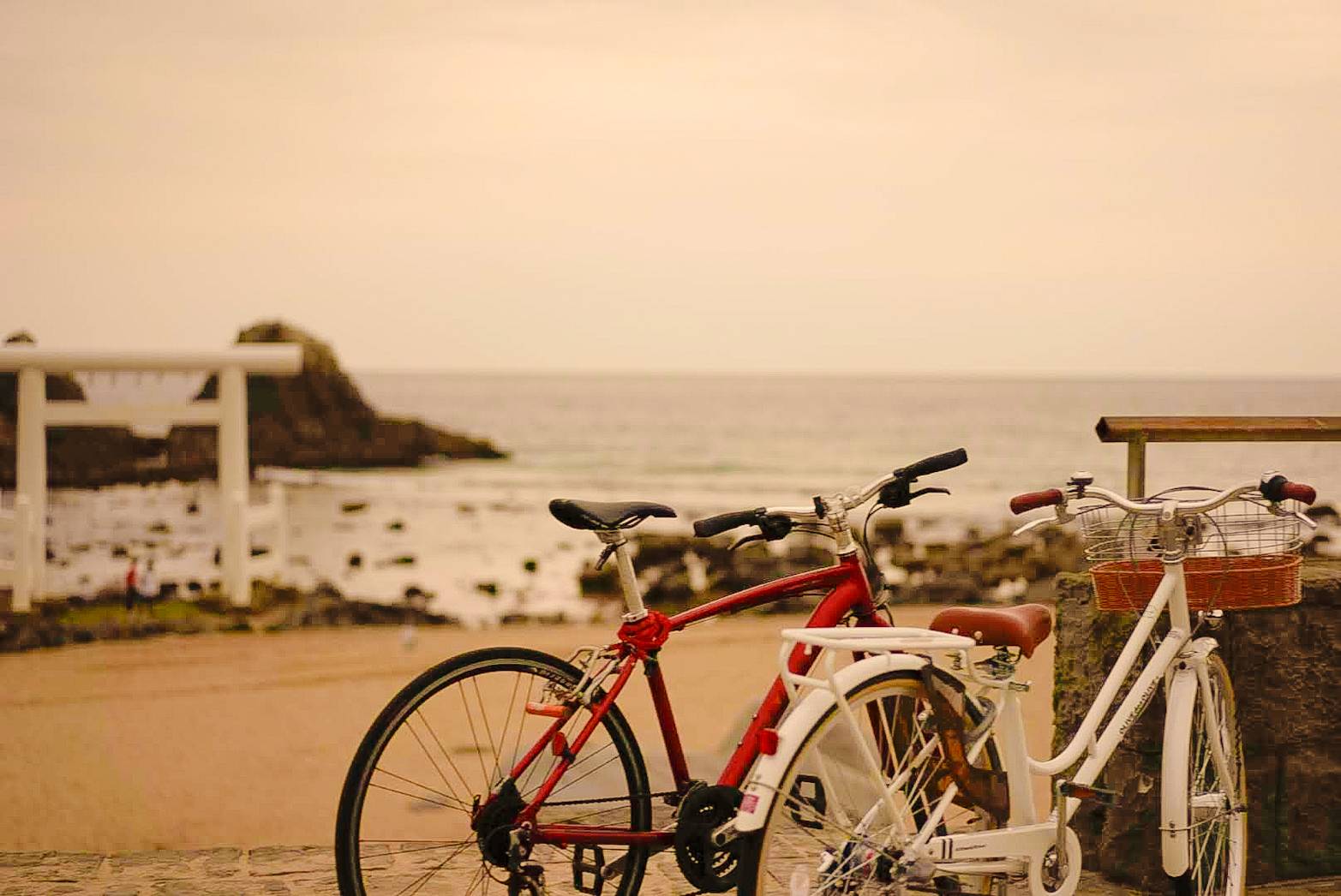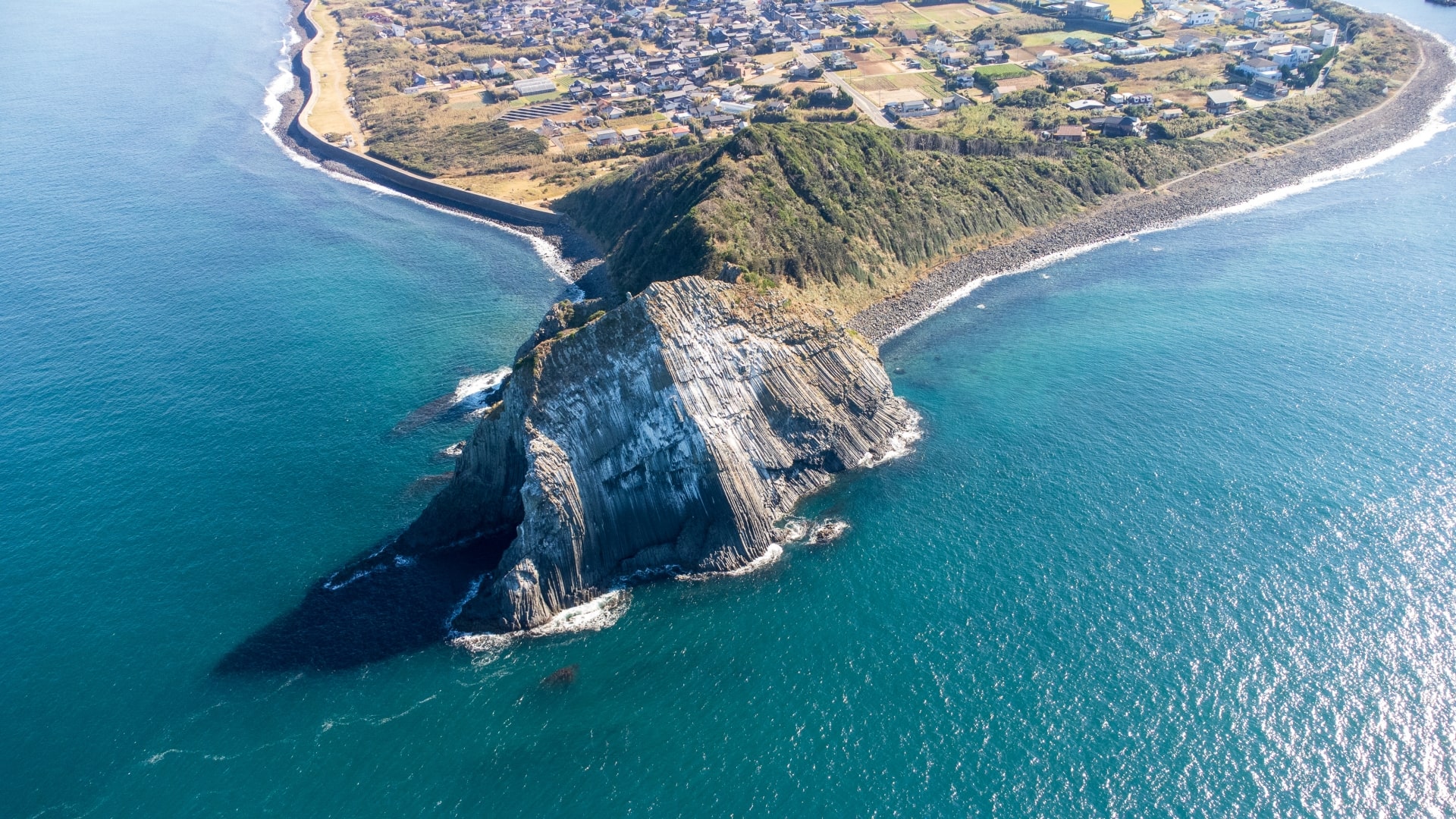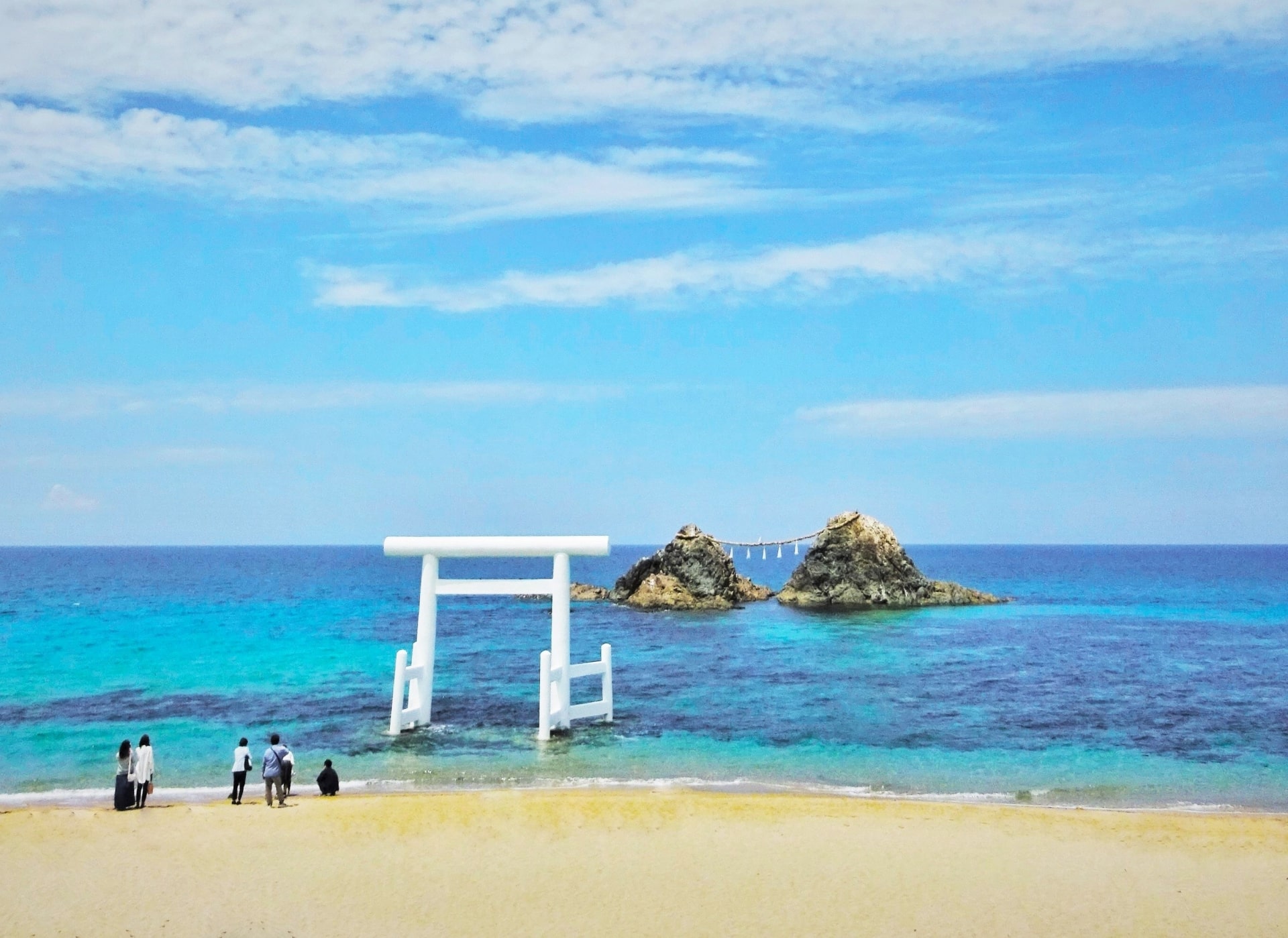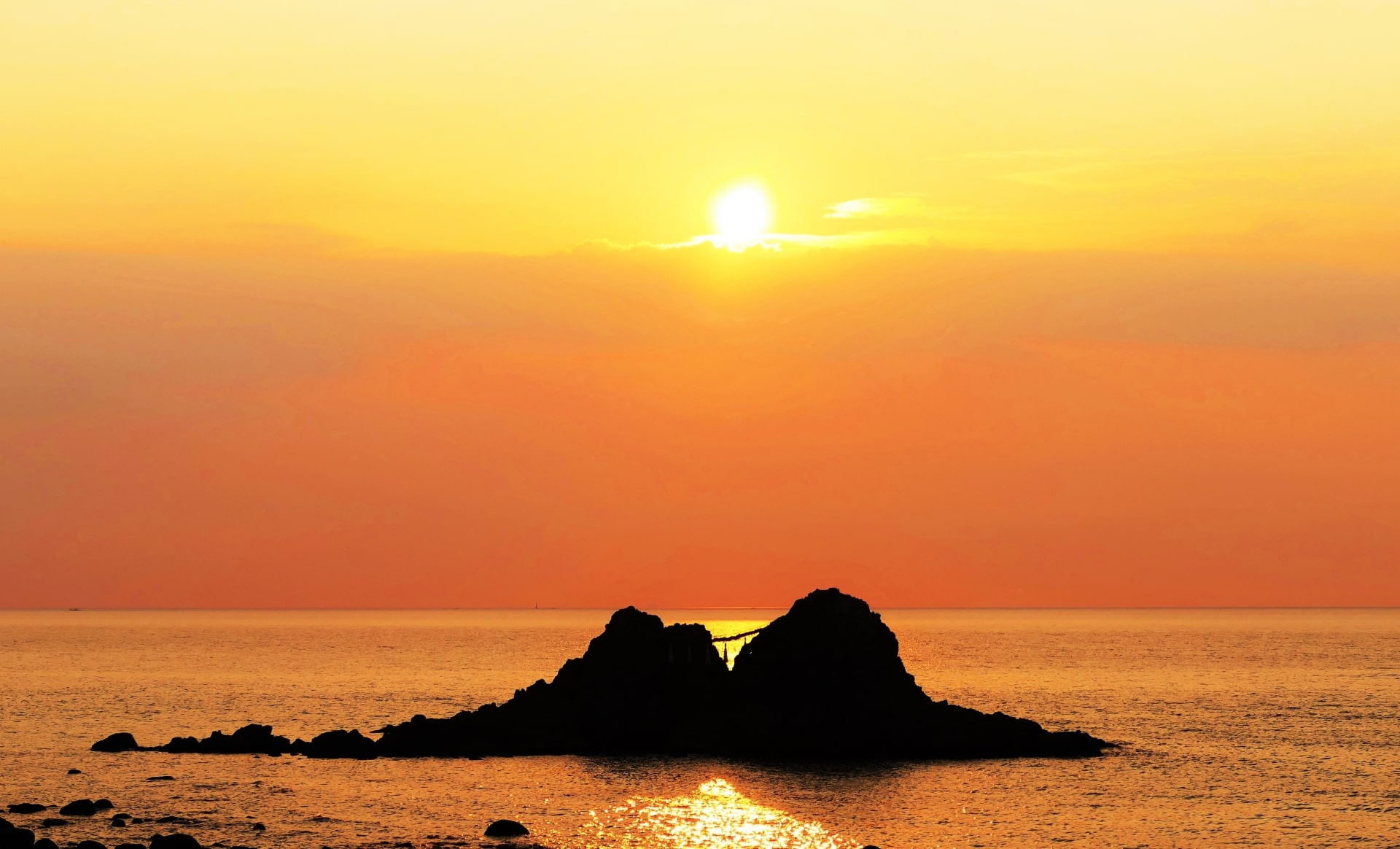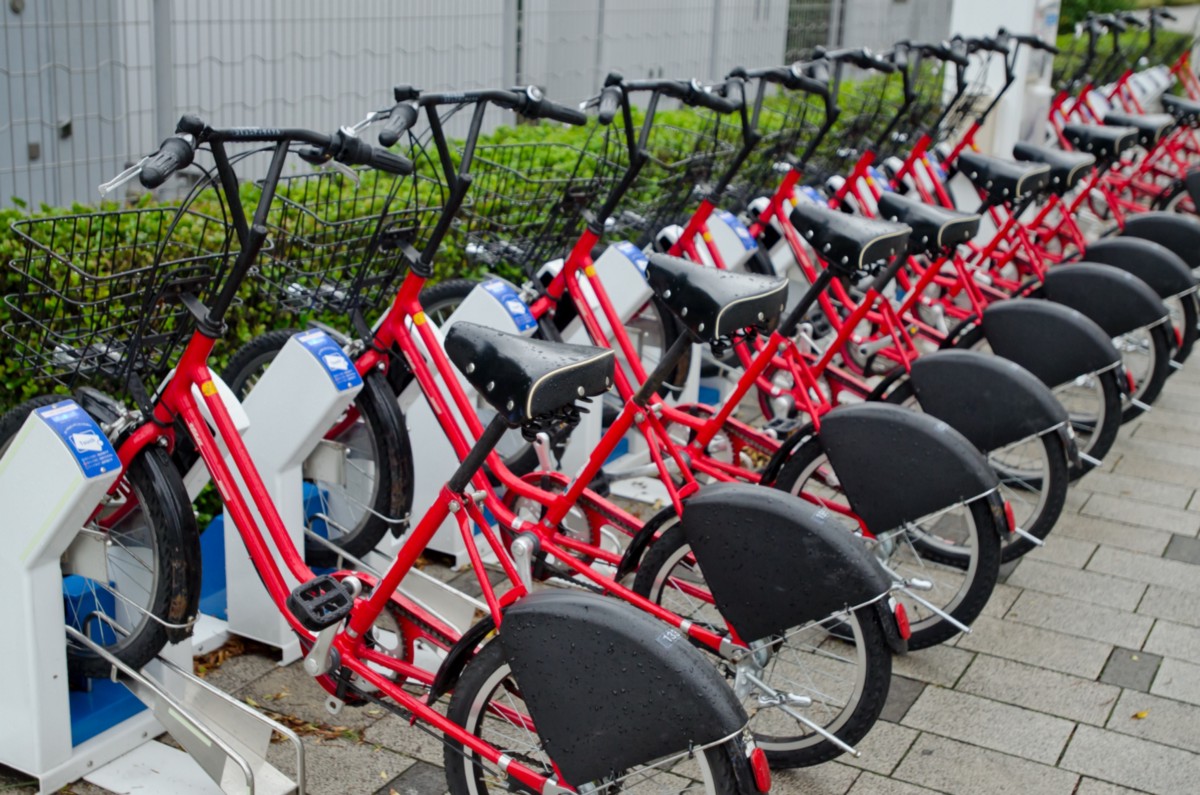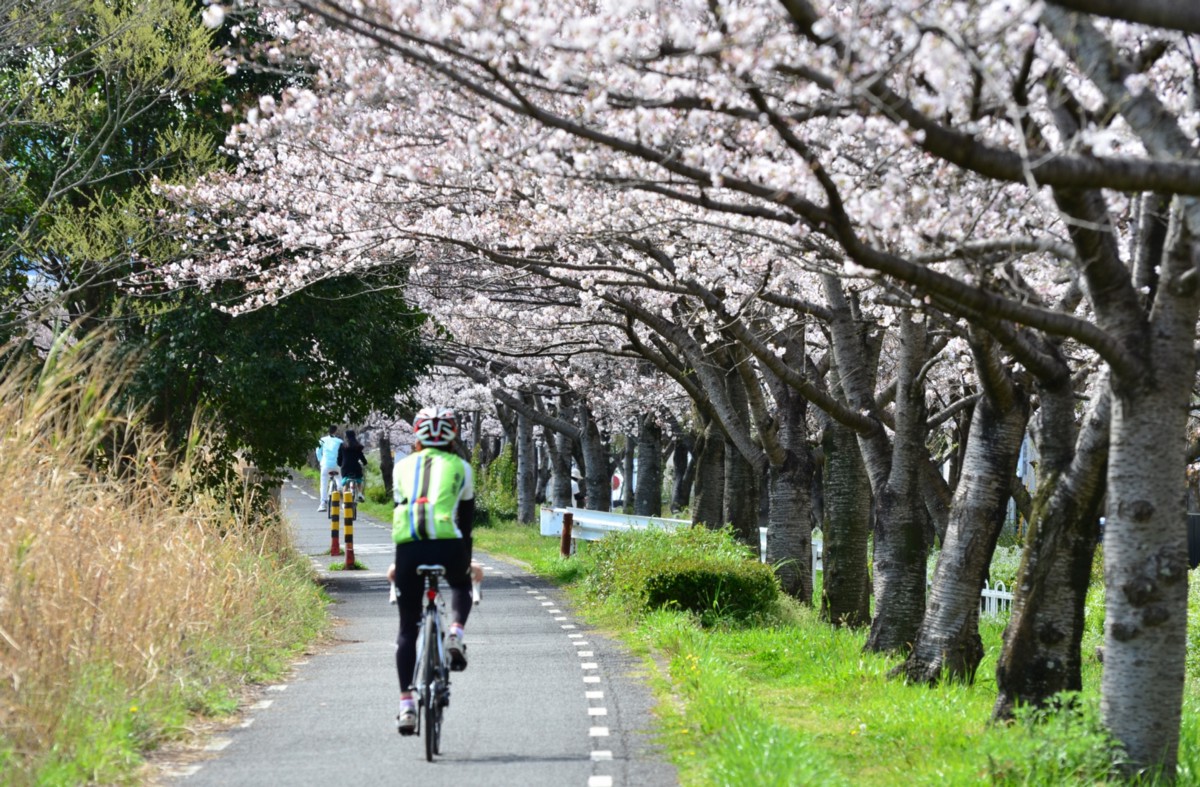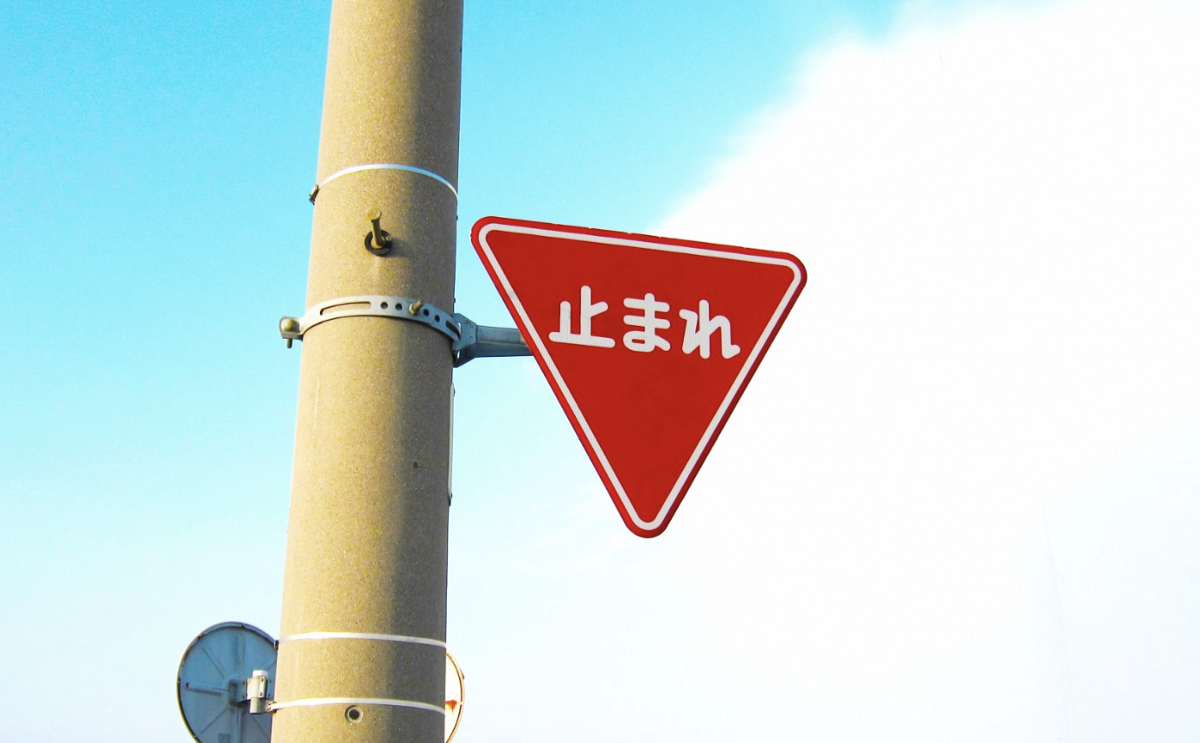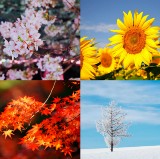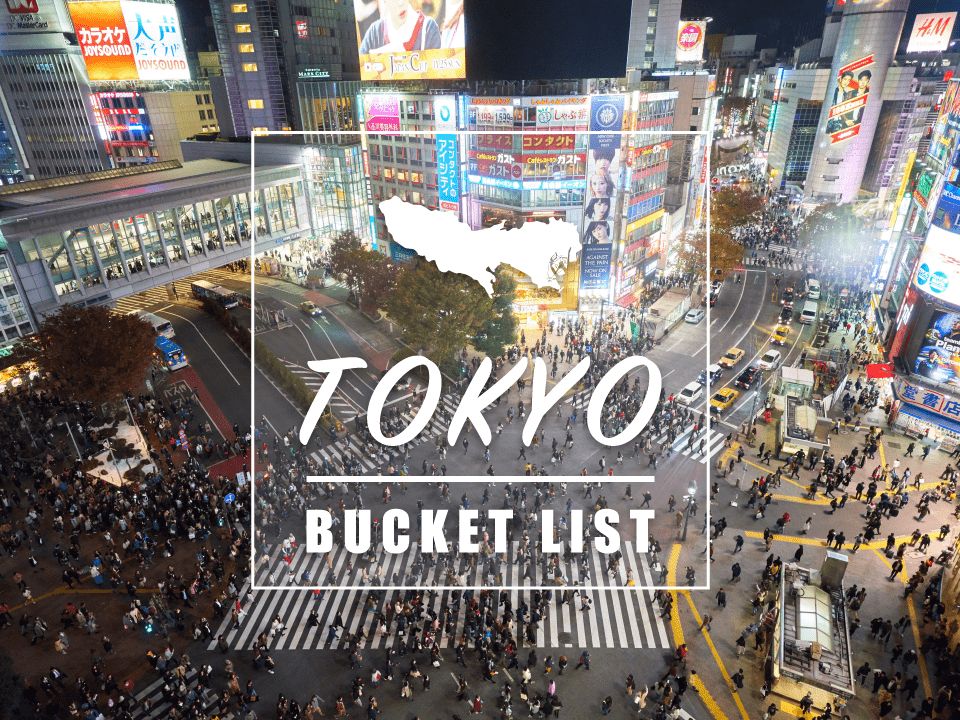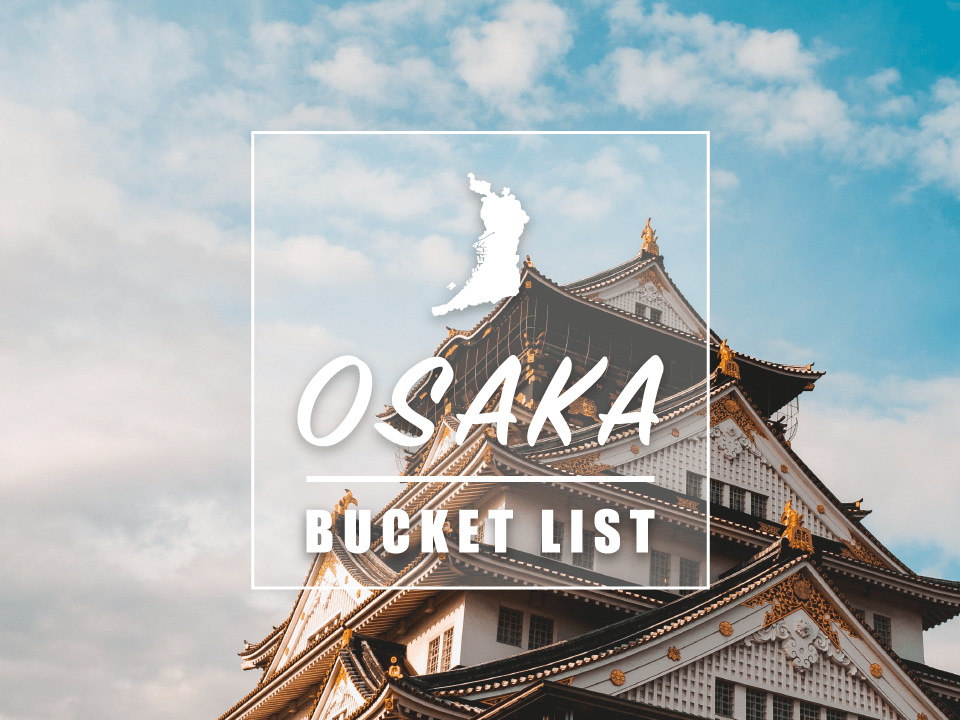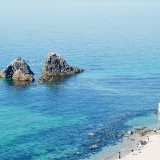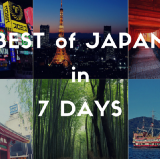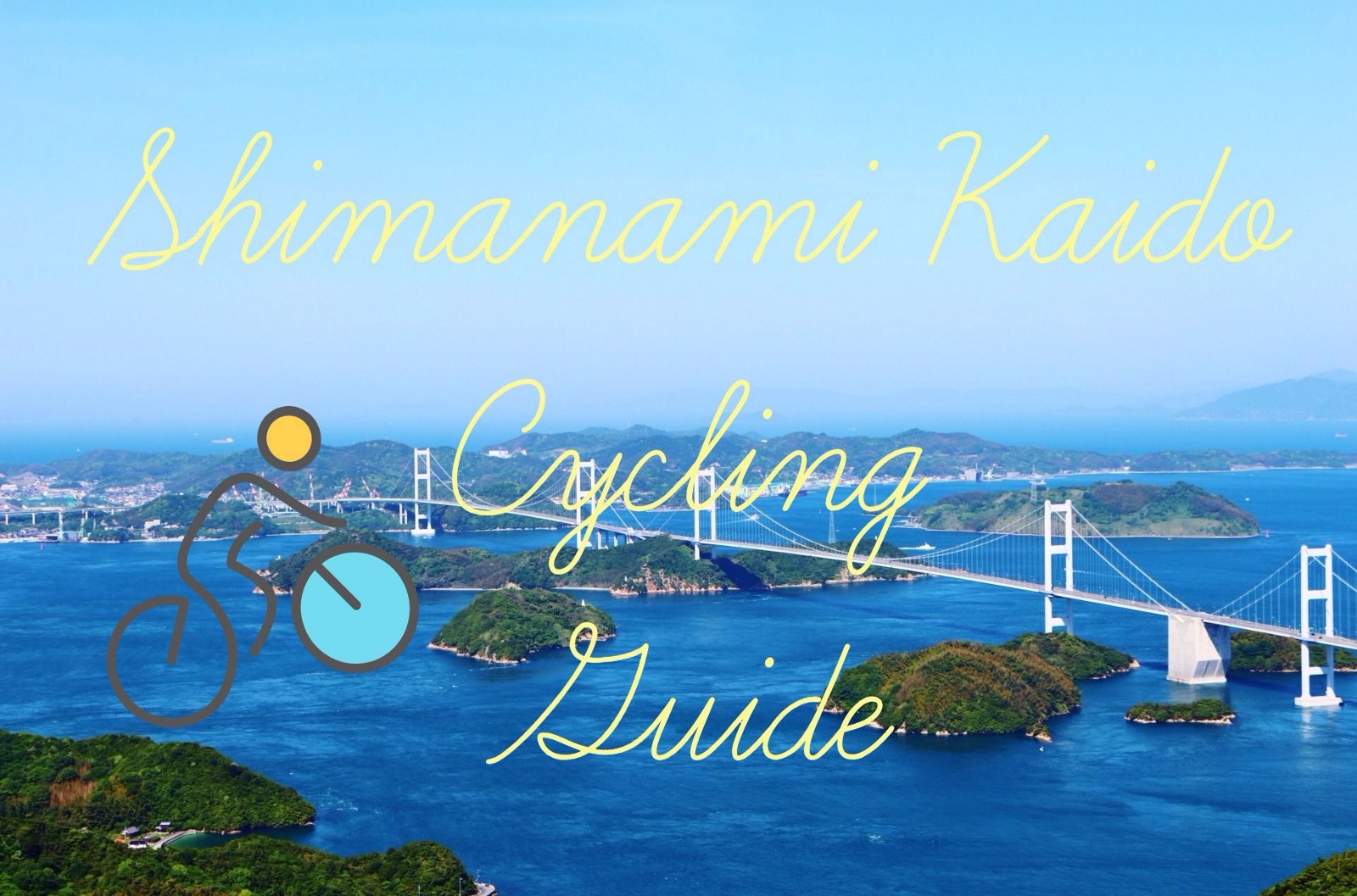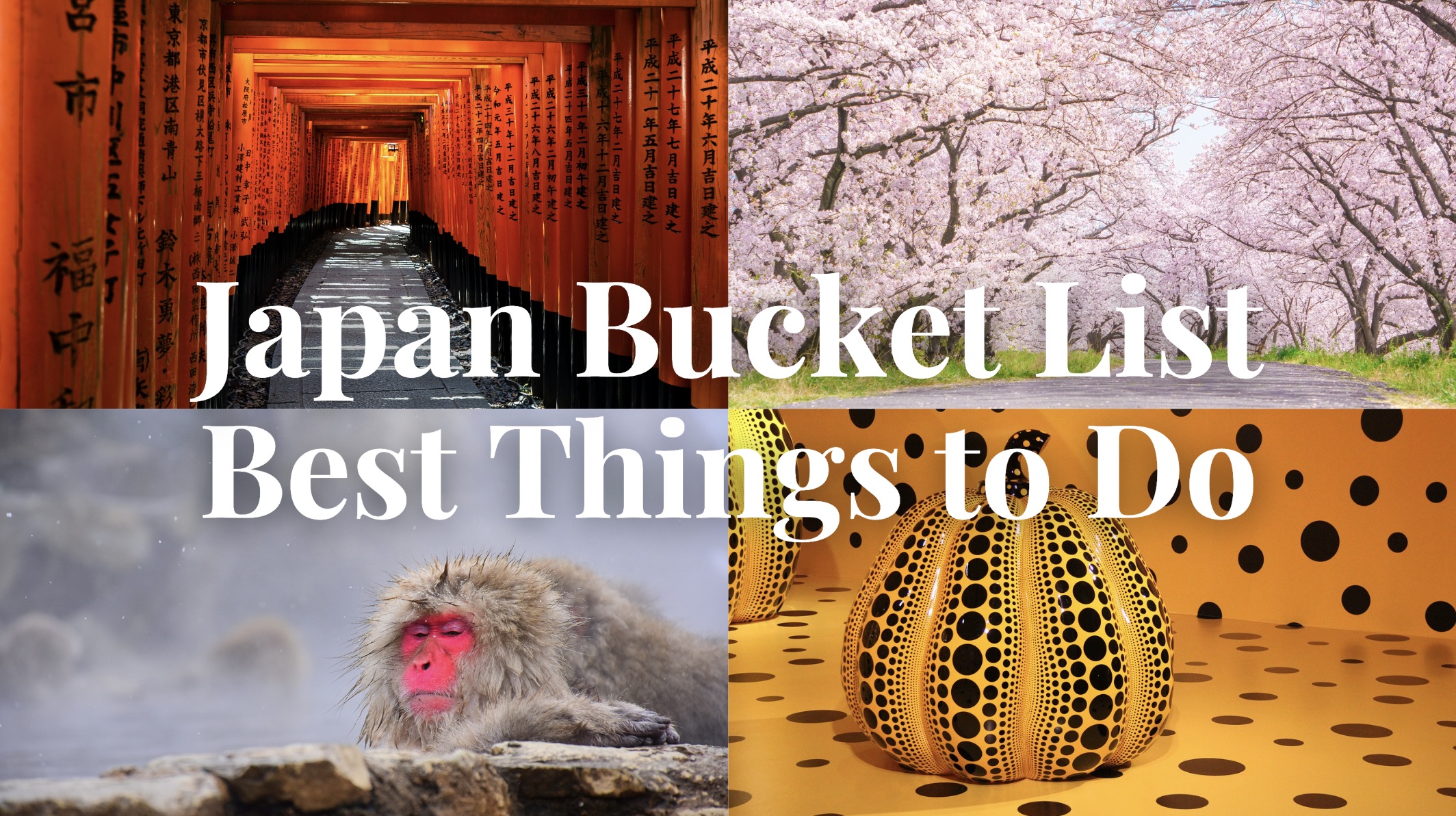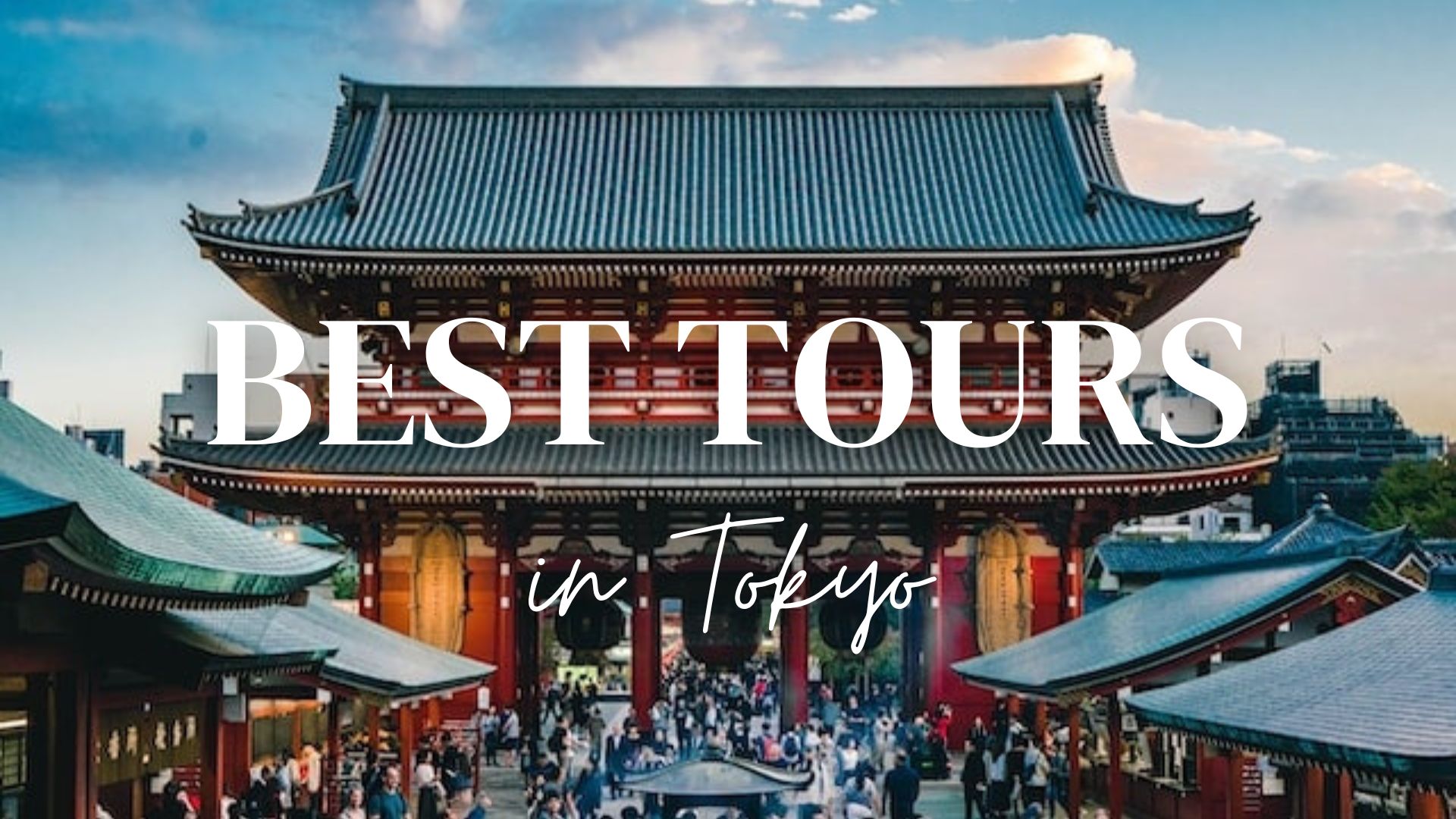Japan Cycling Guide: Best Cycling Destinations in Japan
Cycling in Japan: best cycling areas, how to rent a bicycle and use bike-share
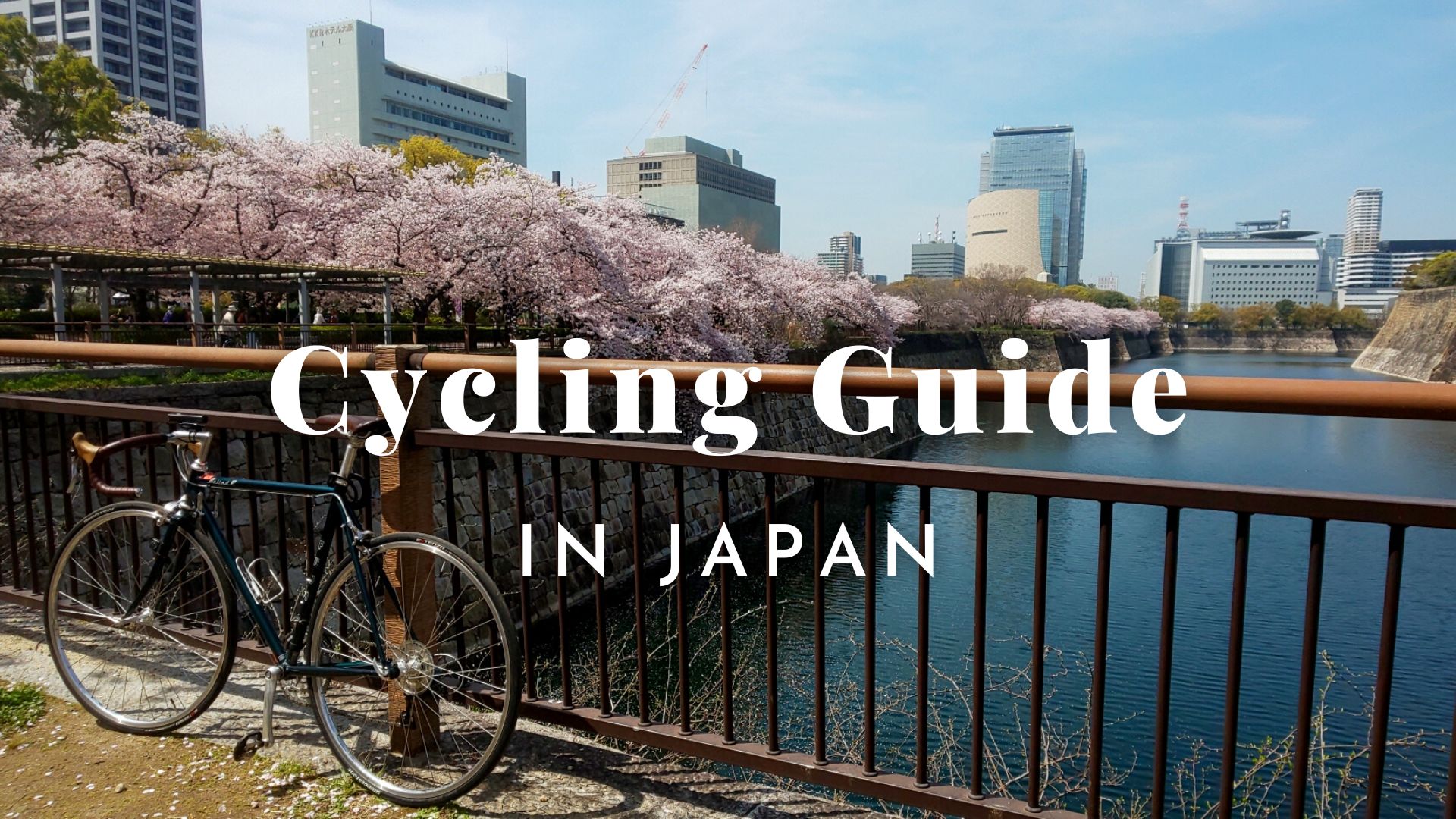
Traveling tourist sites by bicycle is one of the best ways to enjoy Japan as you can explore the place deeper, enjoy the scenery and discover hidden gems in Japan. Cycling has also other benefits such as keeping you fit, saving time comparing to taking public transport and being able to travel at your own pace.
If you have never cycled in Japan but want to get some ideas about cycling in Japan, this article might help you out! This Japan cycling guide will show you the best cycling spots in Japan and tips for the best season, rules and how to choose a cycling tour and rent a bike!
*Please note that this article contains affiliate links.
Cycling in Japan
Cycling is one of the most popular activities and ways to move on overseas travels, and you can have a wonderful experience by cycling in Japan. It sounds great to travel some nice tourist sites while enjoying cycling, isn’t it?
You can enjoy various Japanese attractions including food, history, rich nature, etc. through cycling, depending on areas or routes you choose. In addition, you can see different faces of Japan in every season since the island country has beautiful distinct four seasons: for example, cherry blossoms in spring and tint leaves in autumn.
In addition to enjoying the tourist attractions, there is another benefit to get from cycling. A bicycle is one of the best useful ways to move in both city and countryside areas in Japan. You can freely move from place to place by bicycle while trains and buses are bound by time table and the complicated transportation map. Moreover, a rented bike is much cheaper than train, bus and other transportation. It is served from only 200–300 yen per hour in Japan.
But if you are concerned about cycling in Japan by yourself, there are also some cycling tours guided by local experts are available across the country. Guided cycling tours are highly recommended for first time travelers.
Let’s check out the best areas in Japan for cycling as well as some useful tips for cycling in Japan!
1. Yoyogi Park and around (Tokyo)
Speaking of cycling in Tokyo and Japan with rich nature, Yoyogi Park is one of the best spots, which is located right in the center of the city near Shibuya and Harajuku. Everyone from kids to adults can enjoy cycling in and around the park since there are three options of bike for adults, children and tandem at Cycling Center very affordably: 210 yen per hour (Adult), 100 yen per hour (Child), 210 yen per one round (Tandem).
The enormous park Yoyogi Park itself is the best popular park among both domestic and international visitors while it is known as the Central Park in Tokyo. However, it is less known that the park is perfect for cycling. In addition to the quiet and rich nature, various themed festivals are held in the park where plenty of stalls offer food and drinks. The park is also a famous cherry blossom viewing spot in Tokyo during spring.
The most attractive part in the Yoyogi area is Meiji Shrine, the Tokyo’s most popular shrine. It is situated in the site of Yoyogi Park, which is featured by the large torii gate, the majestic main hall and a bunch Sake barrels. There are cool cafes and shops loved by Tokyo’s hipsters around Yoyogi Park where you can drop by for the finest quality coffee. How about taking a break inside the chic shop or taking out a cup of coffee?
Yoyogi Hanchimangu Shrine, one of the most sacred shrines in Tokyo, is also what you should go cycling. It takes only a couple of minutes to get there from Yoyogi Park. There are several spots to see enclosed by various species of trees in the shrine where people used to live for about 5,000 years ago. There are also some nice restaurants and shops scatter to the west of the shrine.
Related article: Yoyogi Park: Large Park near Harajuku and Shibuya
2. Imperial Palace and around (Tokyo)
The area around the current Imperial Palace, which is near Tokyo Station, is one of the most recommended to enjoy cycling with nature and history in Tokyo. The Tokyo Imperial Palace, where the Edo Castle built in 1457 used to be located, is surrounded by rich greenery and modernistic buildings built between the late 19th Century and the early 20th Century.
There are many docking ports for a rental bike around the area where you can rent a bike anytime 24 hours a day. The bicycle rental is served by the bike sharing Community Cycle, which is also known as Chiyokuru in Chiyoda ward, Tokyo.
You can see the old wooden bridge named Hirakawa Bridge at the north of the Imperial Palace. It is the only bridge which is still in the same condition as it was back the Edo Period (1603–1867). It is for free to cross the bridge, pass an old gate and admit the East Garden in the Imperial Palace. There are historical buildings, a traditional Japanese garden and the remains of Edo Castle stone wall in the East Garden.
Also, you should not miss the Sakuradamon Gate which is located at the south of the palace. The gate, built in 1636, is the biggest one of the existing gates in the palace and the only one that is allowed to pass by bike.
The Imperial Parace’s outer course between the Hirakawa Bridge and the Sakuradamon Gate is best for cycling (it is also a popular place to run among Tokyoites). Additionally, you can stop by some modern architecture spots on the west side of the palace: for example, National Diet Building and National Museum of Modern Art, Tokyo Crafts Gallery.
In spring, beautiful cherry blossoms flourish around the Chidorigafuchi moat which you can view from the street on the western side of the Imperial Palace. The Imperial Palace area is recommended for the fusions of tradition & modernity and city & nature.
Related article: Tokyo Imperial Palace Guide
Besides, various cycling tours guided by local experts are available in several areas in Tokyo. Guided cycling tours are highly recommended for first time travelers as you can explore many new places in one day! Here are two popular cycling tours visiting popular areas in Tokyo!
▶ 3-Hour Tokyo Good Old Bike Tour – Cycling to the Old towns
▶ 5-Hour Tokyo Historical Bike Tour through Tokyo Imperial Palace
3. Sawara (Chiba)
Sawara, the small old town located near the Japan’s largest and most used international airport Narita Airport, is a hidden gem for foreign tourists and one of the best areas for cycling in Japan. The good-old Edo’s atmosphere with the traditional canal and historical district has been still well preserved. There are numerous Japanese traditional houses in the town. Tourist Information Center in Sawara lends a bike for 500 yen a day.
The narrow river named Onogawa River also runs through the town of Sawara and the town has thrived as water transport hub. You can enjoy cycling seeing the serene waterways around the town which were used for transportation during the Edo Period (1603–1867). Hand rowing boat ride service on the Onogawa River is still available for sightseeing, so once take off a bike and sail around the historical town. Toyohashi Bridge (a.k.a. Ja Ja Bridge) over the river is one of the highlights in the town, which provided water to the rice fields before. Now, you can see the interesting view of water falling into the river from the bridge.
Sawara is known for the house which the great person Tadataka Ino lived in. He is a surveyor and cartographer who completed a map of Japan for the first time. You can enter and see his historical house, which was founded in the mid 18th Century, for free. The old town is also famous for its Japanese festival held twice a year in July and October, which is regarded as one of the greatest festivals in Japan. Over 10 festival floats are used in Sawara festival and each of them are about 4 meters high. You can see and take a photo of the big floats at the museum of festival float out of the period.
Don’t forget to cycle to the other historical spot Suwa Shrine that was built in the end of the 16th Century. After passing the giant torii gate, you will face the long staircase with over 120 steps to the main hall of the shrine. The shrine is surrounded by rich nature and offers a nice view at the bottom even if you are too tired to go upstairs.
There are many Japanese food restaurants in Sawara, and it is recommended to eat its regional food Soba or Eel dishes for lunch. If you are interested in Japanese Sake, cycle to Tokun Sake Brewery, the Japanese Sake brewery with its tradition and history of 190 years. The finest Sake are made from the quality rice grown in the riverside district. The Sake tour is held every a half an hour for free and you can try tasting. Purchase the Sake there instead of drinking if you don’t want to go back to the station on foot. It is prohibited to drink and ride a bike in Japan.
It takes only about 30 mins from Narita Airport to get to Sawara, so why don’t you visit it if you have some time till your flight or stay overnight around the airport.
Related article: Sawara: the Hidden Little Edo near Tokyo
4. Sakai (Osaka)
Osaka is the most famous and visited city in Western Japan, and the bustling city has numerous spots perfect for cycling. Sakai, Osaka is located in a little south of the central Osaka, and the Mozu area in Sakai offers you a unique cycling experience with ancient history of Japan and a bicycle. It spends only 300 yen to rent a bike a day at the bike port near Mozu Station.
Sakai City and Mozu are famous for their important heritage Mozu Ancient Tomb Cluster including Daisenryo Kofun Ancient Tomb, the gigantic ancient tomb of the 16th Japanese emperor Emperor Nintoku (reign: AD 313–399). A Kofun (ancient tomb), a keyhole-shaped mounded tomb, was made from the late 3rd Century for giving people in authority burial. The Mozu area will be one of the Japan’s hottest tourist spots as the ancient remains have been just listed on UNESCO World Heritage Sites as Mozu-Furuichi Kofun Group: Mounded Tombs of Ancient Japan in this July.
Daisenryo Ancient Tomb is looked on as one of the three largest mounded tombs in the world, together with the Mausoleum of the First Qin Emperor in China and the Great Pyramid of Giza in Egypt. There are about 160,000 ancient tombs all over Japan and about 90 main ones are located in the area in Osaka. You can experience to cycle all the way around the largest mounded ancient tombs only there in the world. It is too large to see the whole tomb while cycling, which is 3 km around it.
Moving to Daisen Park next to Daisenryo Ancient Tomb, you can get to Sakai City Museum to see the whole picture of the gigantic tomb. Is there something like an observatory? No. The museum provides you the chance to enjoy the Daisenryo Ancient Tomb tour with a bird’s eye view in multiple languages with VR technology. There is also a Japanese traditional garden in Daisen Park where you can see the picturesque scenery with greenery and a pond. For a break, how about stopping by nice tea houses before getting out of the park? Two tea houses named Shinan and Oubaian are located in the park, where you can taste Matcha green tea and Japanese-style desserts and experience a quick tea ceremony for only 300 yen.
Shimano Bike Museum is one of the highlights in the Mozu area while the Osaka’s hidden town has no shortage of tourist attractions. Why on earth is the Japan’s only bicycle-themed museum located in such a place? As a matter of fact, a bicycle is closely associated to a Kofun ancient tomb. Sakai City has the largest market share of bicycle in Japan and is called the Town of Bicycle. The enormous ancient tombs were made by massive people with iron-made tools like a hoe.

A large number of craftworkers specialized for iron tools came to that area from across the country and became to live there at that time. The technique has been evolved into various crafts such as a knife, sword, gun and bicycle. That is why Sakai City and the Mozu area in Osaka are the best spot to enjoy cycling while touching the origin of a bike. The Mozu, Sakai area is what you should visit if you want to explore the ancient history or the origin of bicycle.
Related article: Mozu Tomb: UNESCO World Heritage Site in Osaka
5. Itoshima (Fukuoka)
Fukuoka, the largest city in the Kyushu region, has got more popular among foreign travelers lately. Especially, Itoshima, located in the northern west of Fukuoka, is one of the hottest tourist areas and the best deeper destination to enjoy cycling in Japan. A bicycle is perfect not only for the most useful transportation in Itoshima but also for enjoying crisp air in rich nature. Itoshima offers the beautiful beaches, sacred shrine and fresh seafood as well as the breathtaking cycling courses. The theme of cycling in Itoshima is nature, history and gourmet. A rental bike is available for 500 yen for 2 hours.
In the north of Itoshima, there are two natural treasures: the Izumi River and Mt.Kaya. In June and July, Hamabo (yellow hibiscus) flourish along the Izumi River, which was formed 300 years ago. The face of the river changes by season with seasonal plants. Mt.Kaya, which is also called Mt.Itoshima Fuji, is one of the landmarks of Itoshima. On top of the mountain, Kayasan Shrine is located, from which you can see the panoramic views of the town of Itoshima.
You will see a lot of BBQ spots and oyster huts (Kakigoya) in the area. The regional specialty of Itoshima is fresh seafood including oysters and various kinds of fish. Save the best time to drink beer for last (don’t drink cycle in Japan).
Itoshima has the largest basalt cave in Japan named Keya Cave at the northernmost of the area. You can get to the cave by cruise and wander into the cave under the good condition of the sea. The 90 meters long cave is formed in the 64 meters high cliff, and the natural art can be seen inside the cave. An observatory is set on the cliff which is accessible from Kuroiso Beach. This spot is also recommended for fans of Studio Ghibli since on the way to the observatory, there is the mysterious tunnel formed by trees, which is called the Totoro’s forest by the local.
Let’s cycling along the northern coastline to the east to reach the Itoshima’s iconic beach Sakurai Futamigaura Beach. A large white torii gate of Sakurai Shrine stands against the sea and the sky floating on the water. The sacred wedded rocks are situated behind the torii gate. This is also famous for the best sunset viewing spot.
There are more other hidden gems in Itoshima, so a bike is the best option to move around it. It takes just an hour to get there from Hakata, the center of Fukuoka!
Related article: Itoshima: Little Known Heavenly Beach in Fukuoka
How to rent a bike and use bike-sharing
You can rent a bike at bike rental shops or with bike sharing services in Japan. The number of docking ports of bike-share is increasing these days and there are numerous bike stations and docking ports in the popular areas for cycling. Generally, it is needed to register with your smartphone or credit card for using bike sharing services.
Best Season for Cycling in Japan
It is enjoyable to ride a bicycle in all seasons except rainy days, but the best time is definitely spring and autumn with modest climate. Cycling under the crisp air of spring and autumn with views of cherry blossoms or autumn leaves is one of the best recommended activities in Japan.
Traffic Rules in Japan
There are traffic rules for cycling as well as driving in Japan. Here is the list of an essential part of the rules below:
Do ride on the left part of the road
Do turn on light after dark
Don’t ride with 2 people
Don’t ride using an umbrella
Don’t ride listening to music with head/earphones
If you don’t follow those traffic rules while on a bile, you could get fined.
If you are an active traveler or like a bike, why don’t you experience cycling in Japan with various unique themes personalized for you. For more info about travel in Japan, check these articles below!
▽Related Articles▽
▼Editor’s Picks▼
Written by
Hi! I’m a writer and editor at Japan Web Magazine. Since 2017, I’ve written over 500 articles covering a wide range of Japan-related topics—must-visit travel spots, local food culture, helpful travel tips, seasonal events, anime, manga, and more. I travel all over Japan, from the snowy landscapes of Hokkaido to the tropical beaches of Okinawa. My hobbies, such as hunting for the best ramen shops and keeping up with the latest anime every season, help me share the magic of Japan with people from all over the world. Whether you're a first-time visitor or a Japan fan planning your dream trip, I want to help you experience the best of what this country has to offer. After traveling to many countries around the world, I still love Japan the most, and I continue to share information while making the most of my perspective as someone who was born and raised here. [Connect with me] ▷You can find more of my writing and follow my latest thoughts on Japan over on Medium. A bit more about me: [Traveler at heart] ▷Most unforgettable trip: Chichijima Island, a remote island that takes over 23 hours to reach by ferry from Tokyo! ▷Favorite neighborhood in Tokyo: Kagurazaka [Foodie life] ▷Obsessed with sushi and ramen ▷Proud foodie moment: Scored a seat at the legendary Sukiyabashi Jiro [Passionate otaku] ▷Favorite anime: March Comes in Like a Lion and Attack on Titan ▷Manga I live by: One Piece and Slam Dunk





